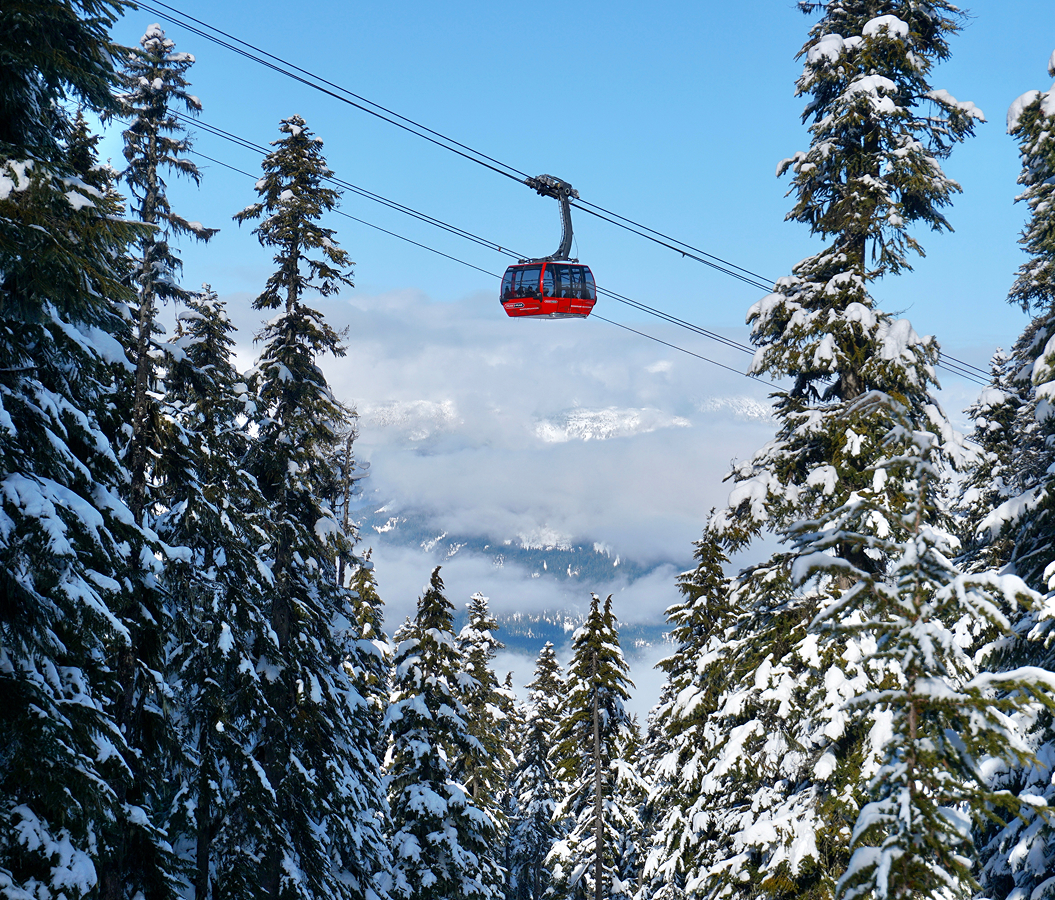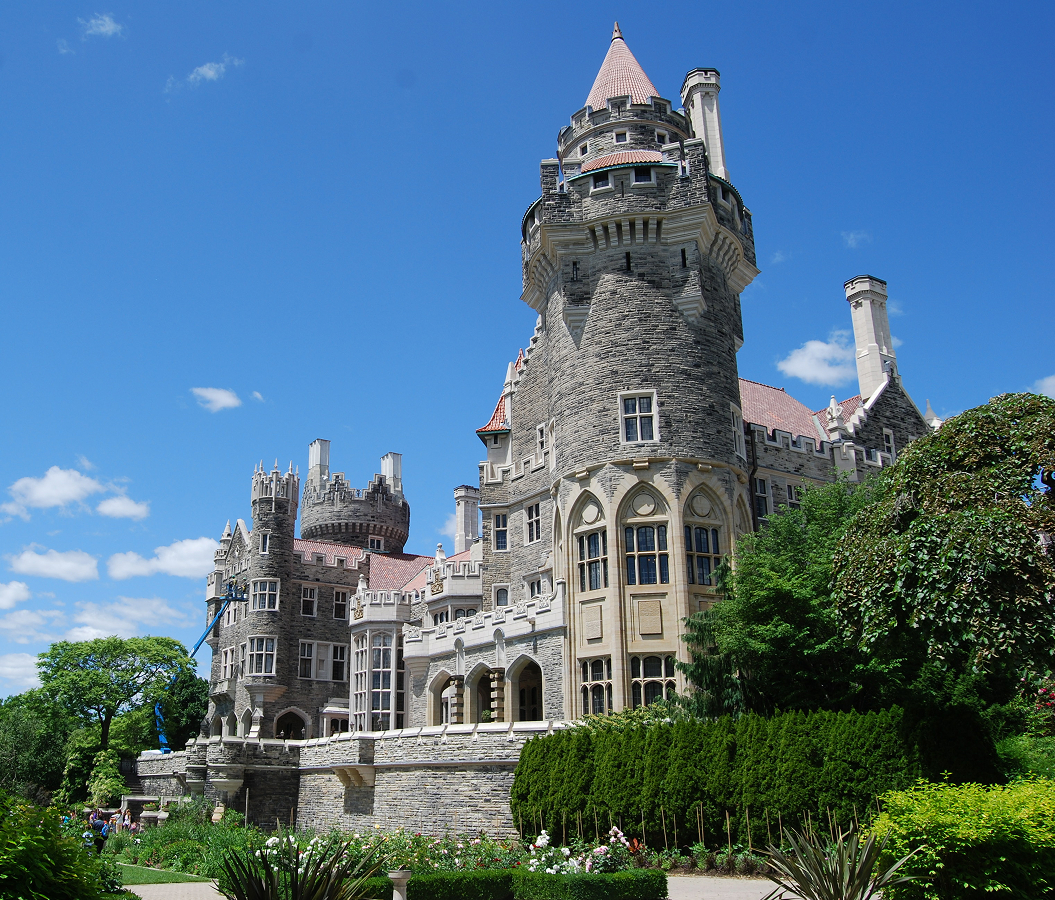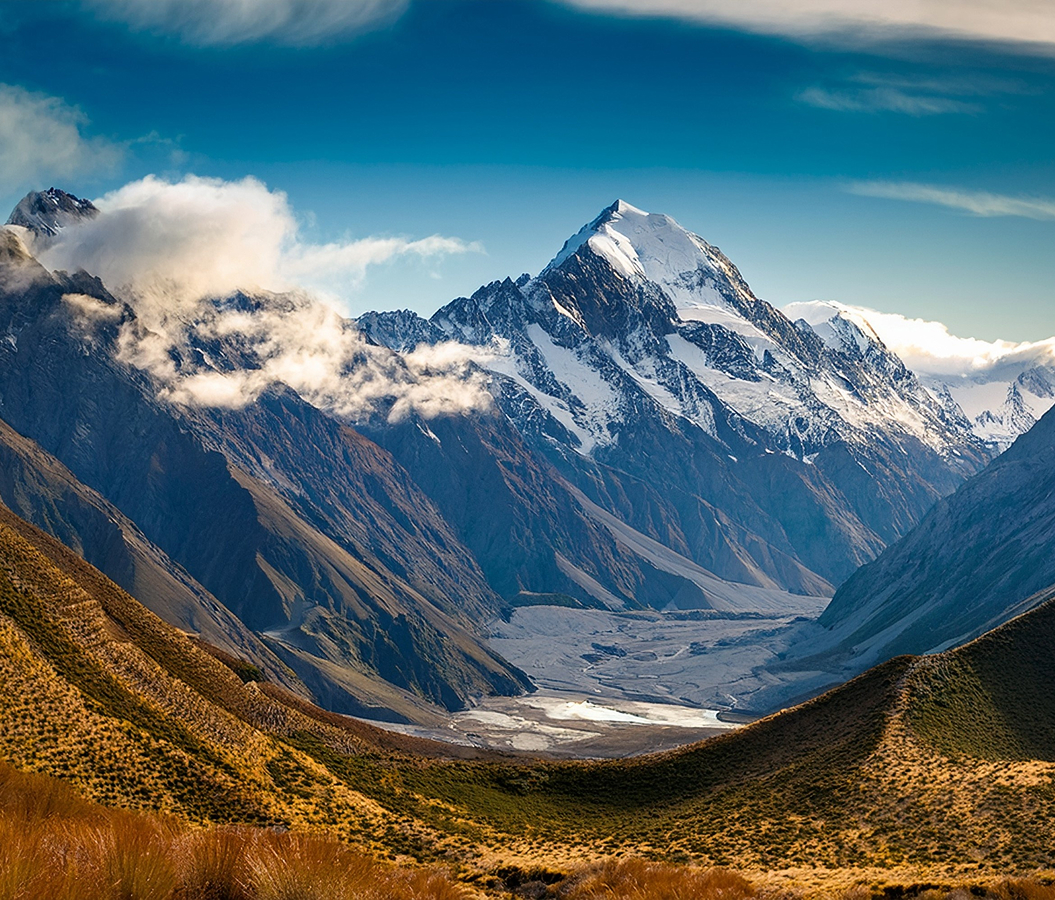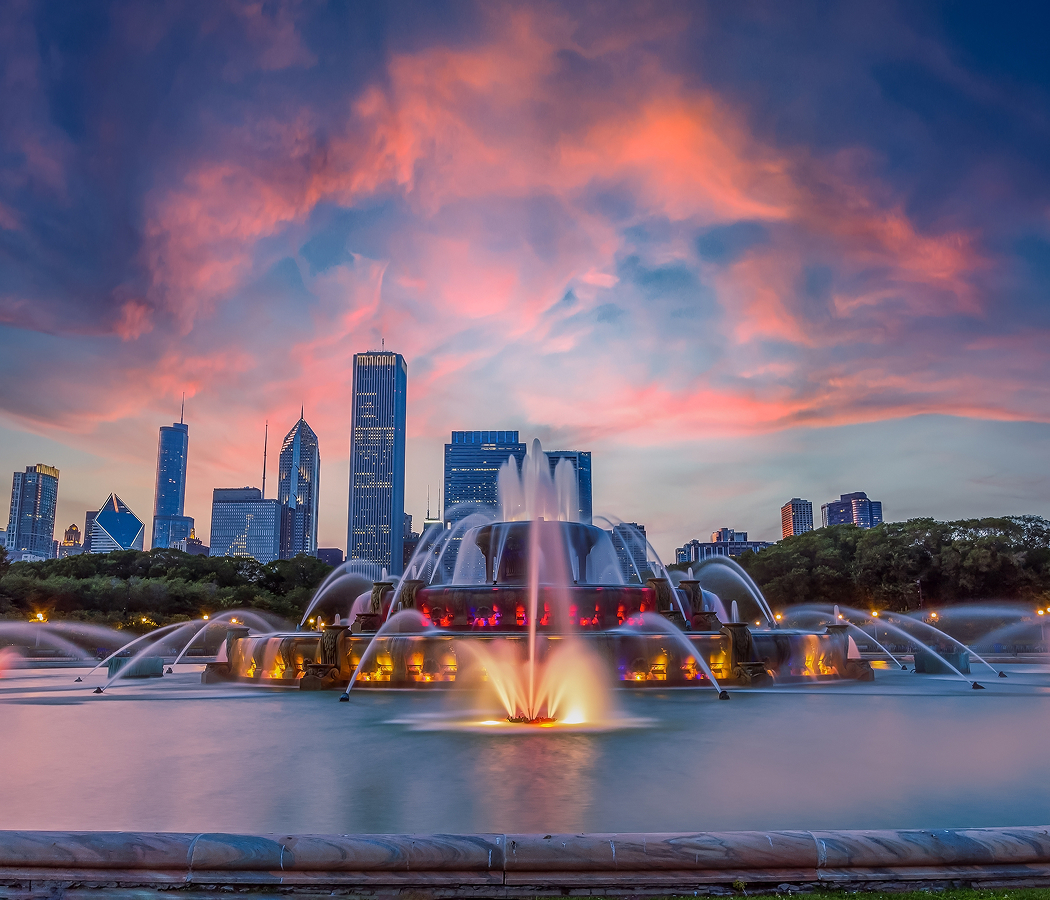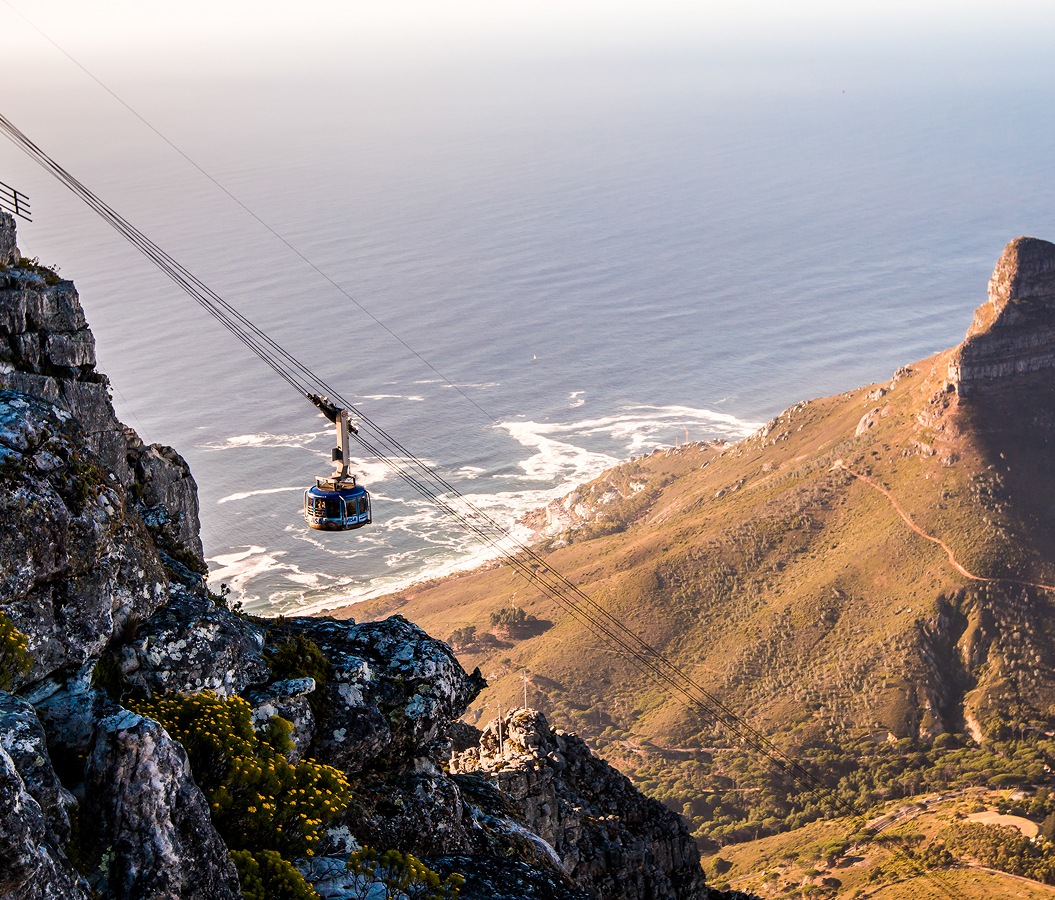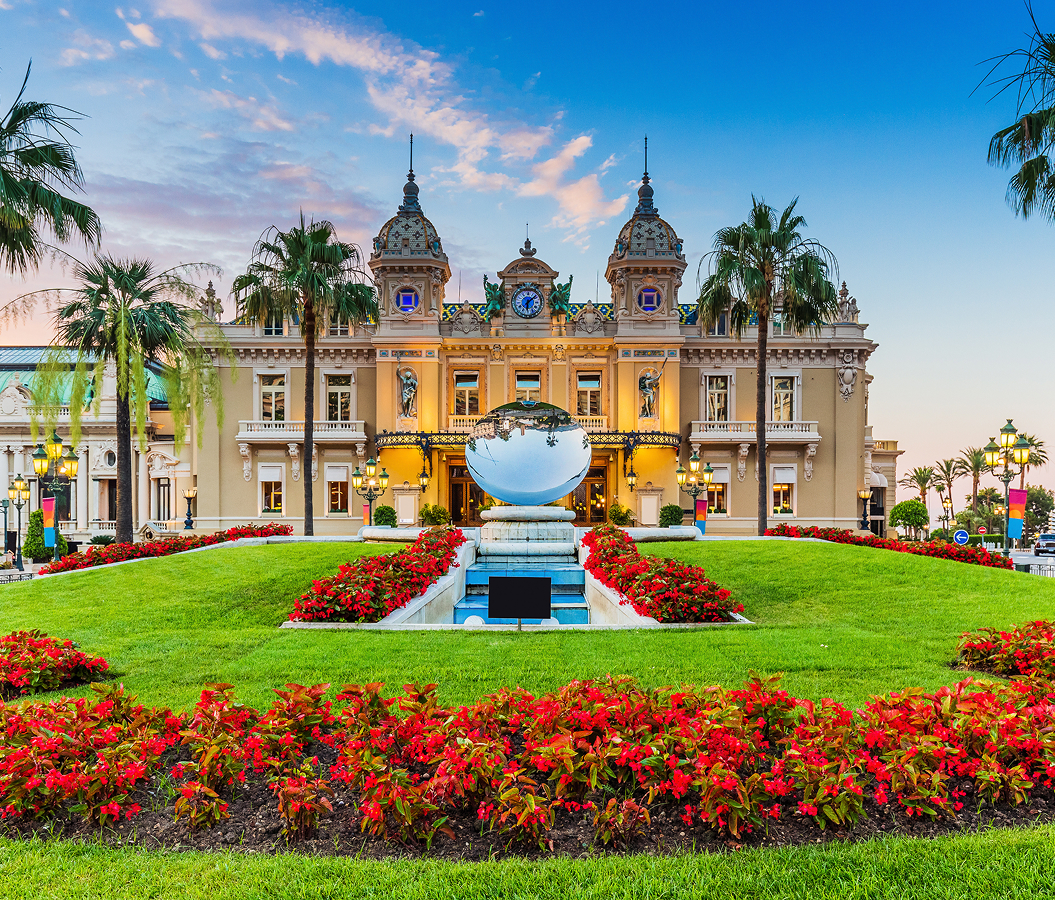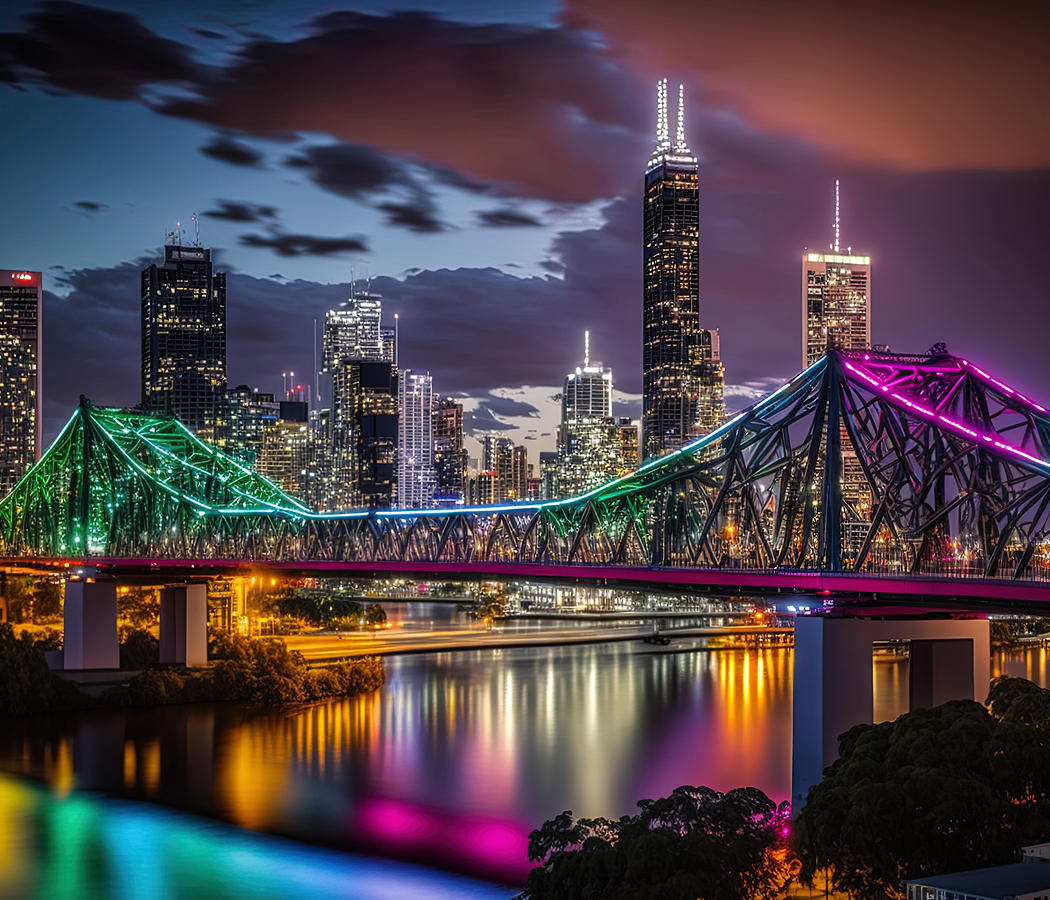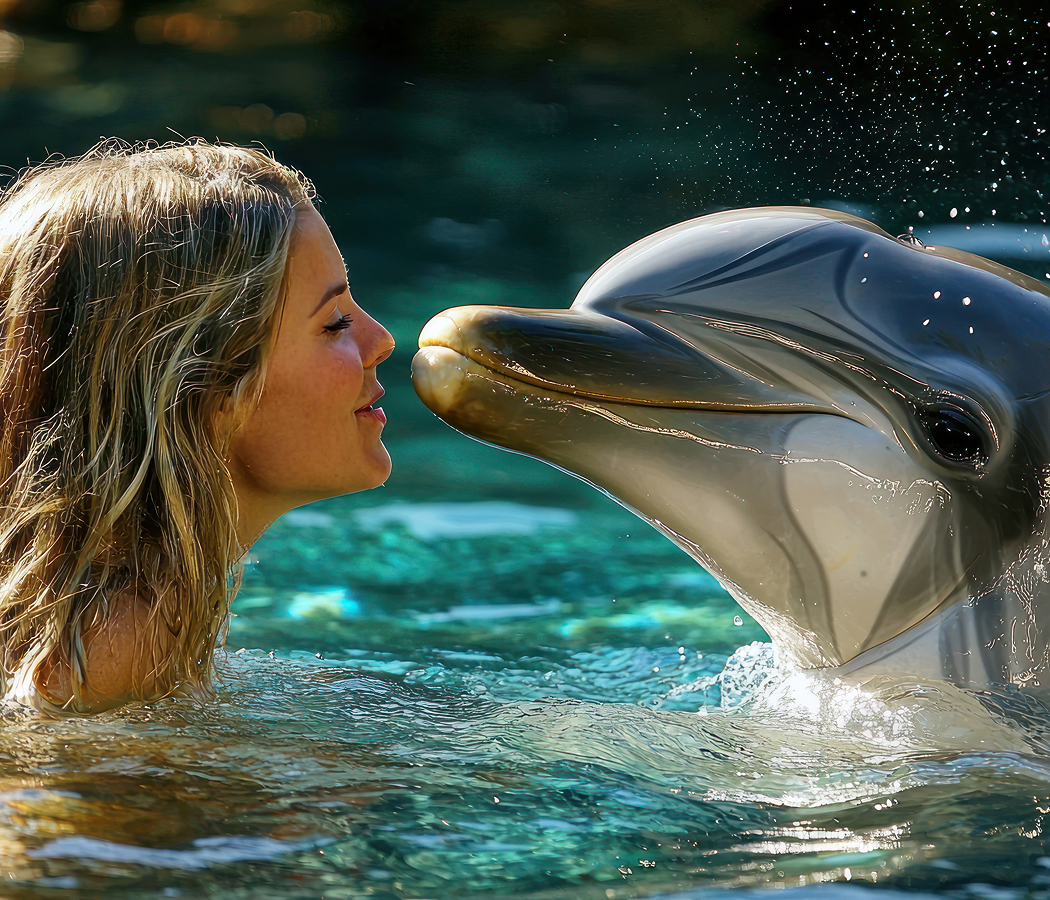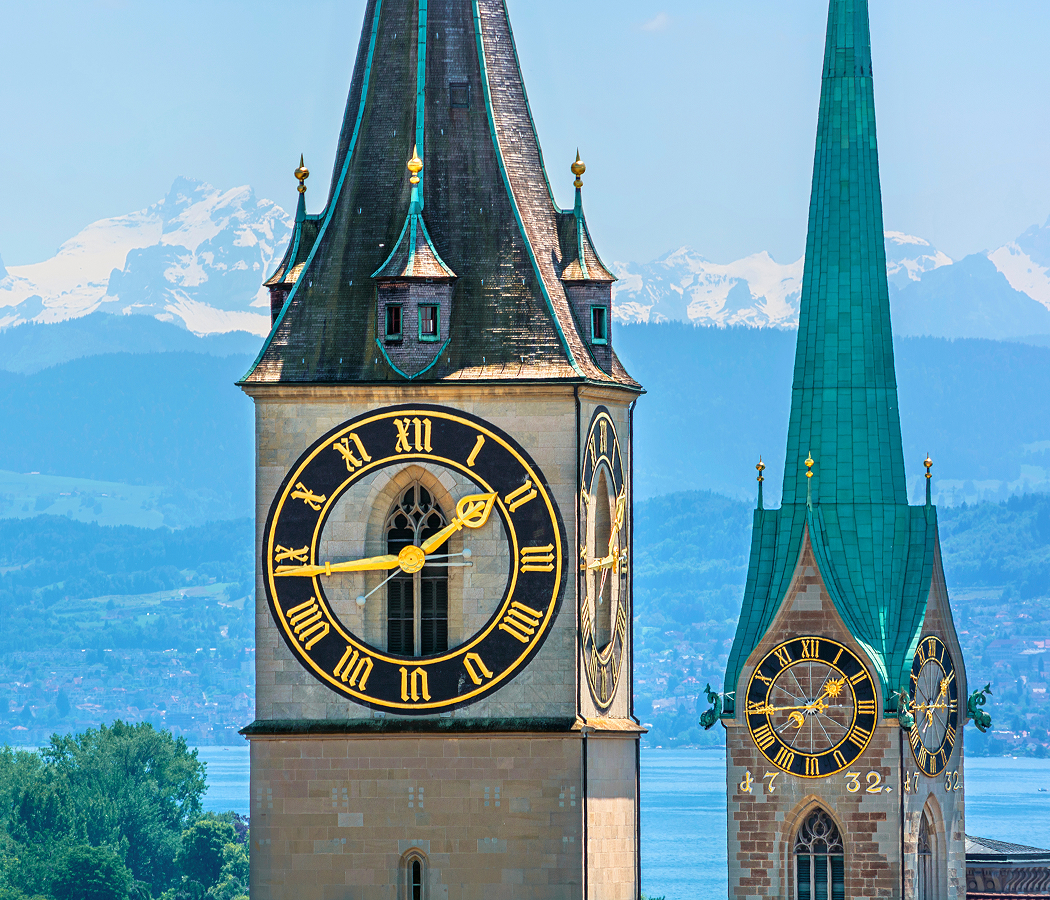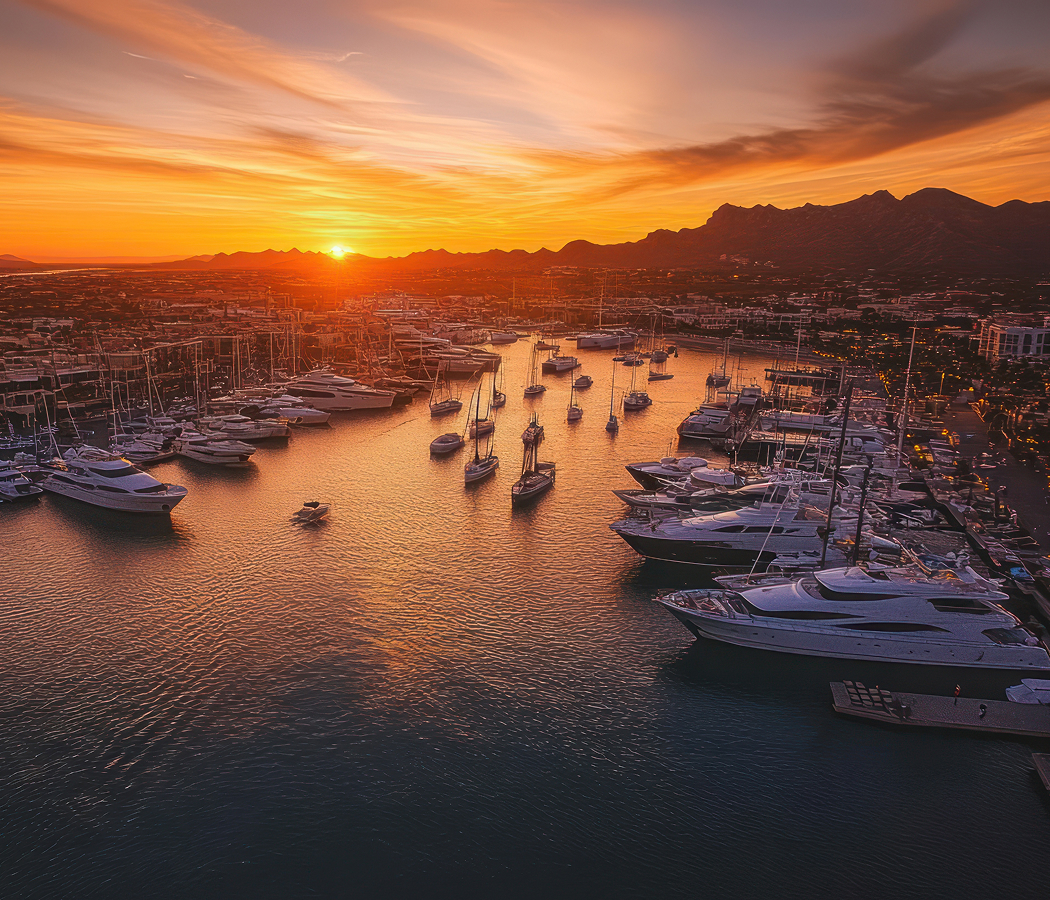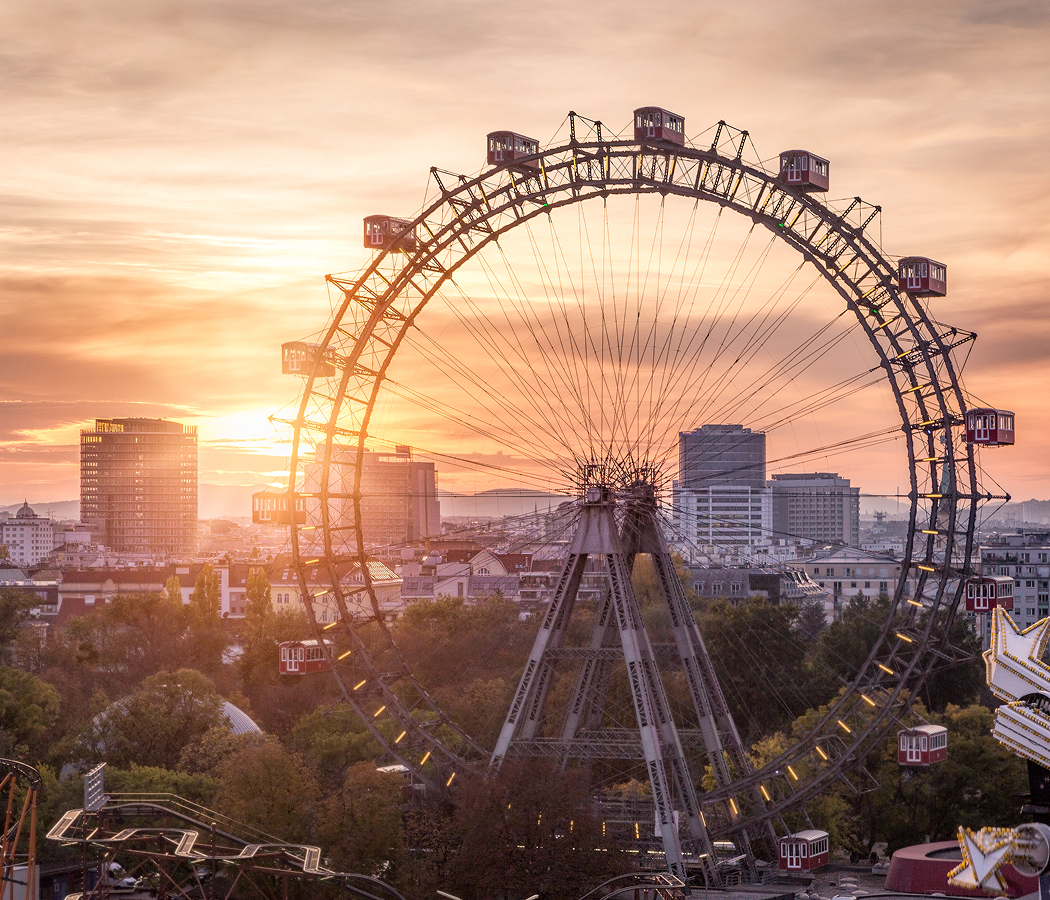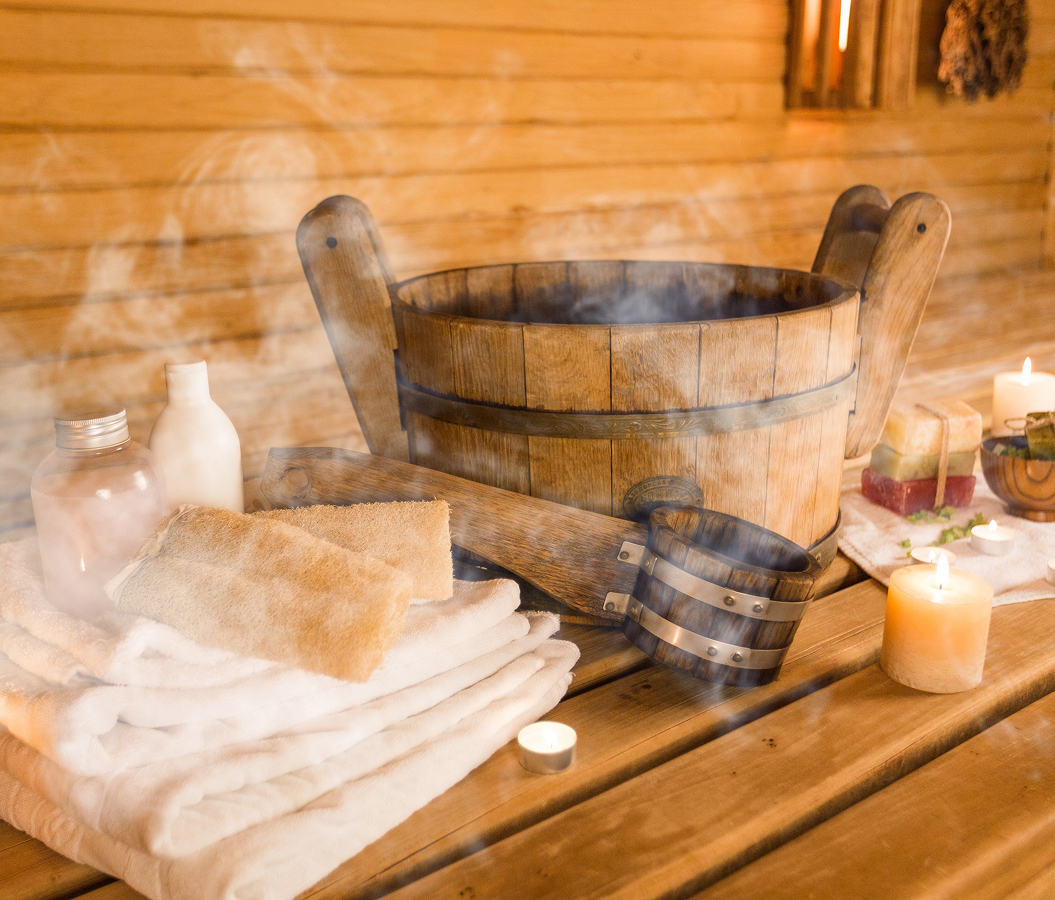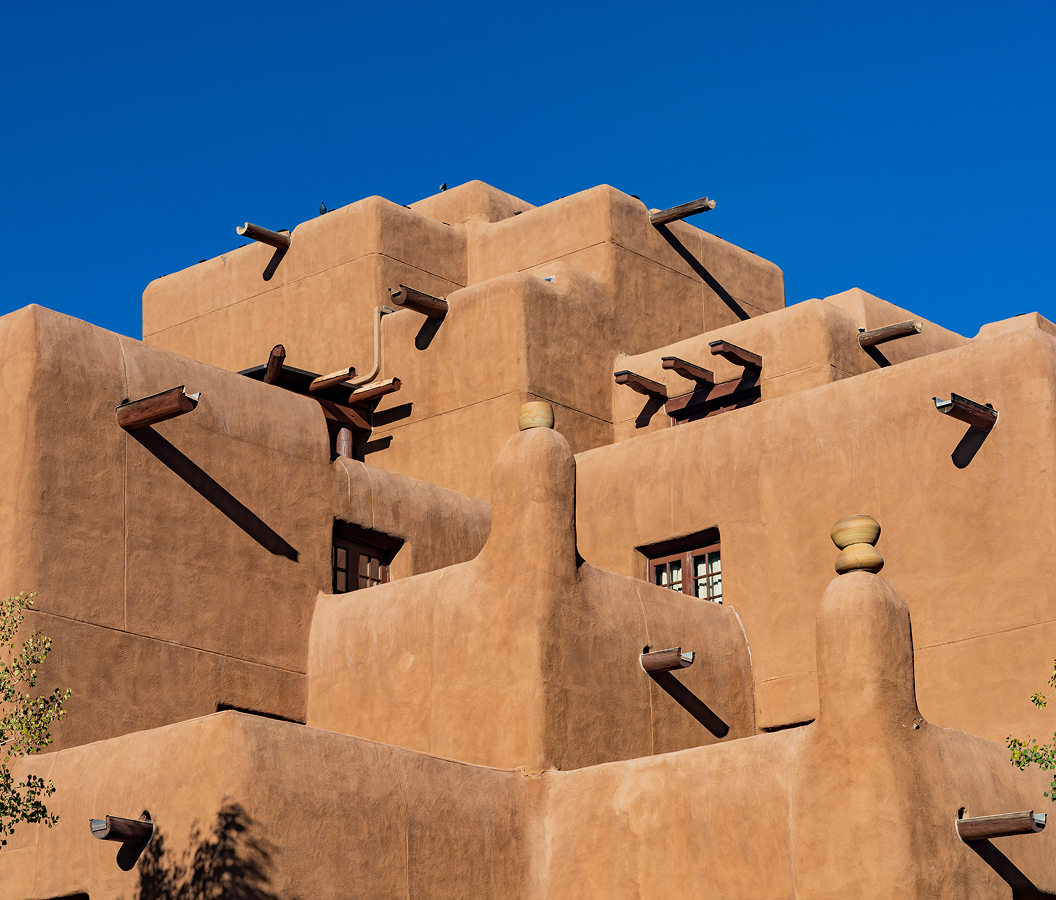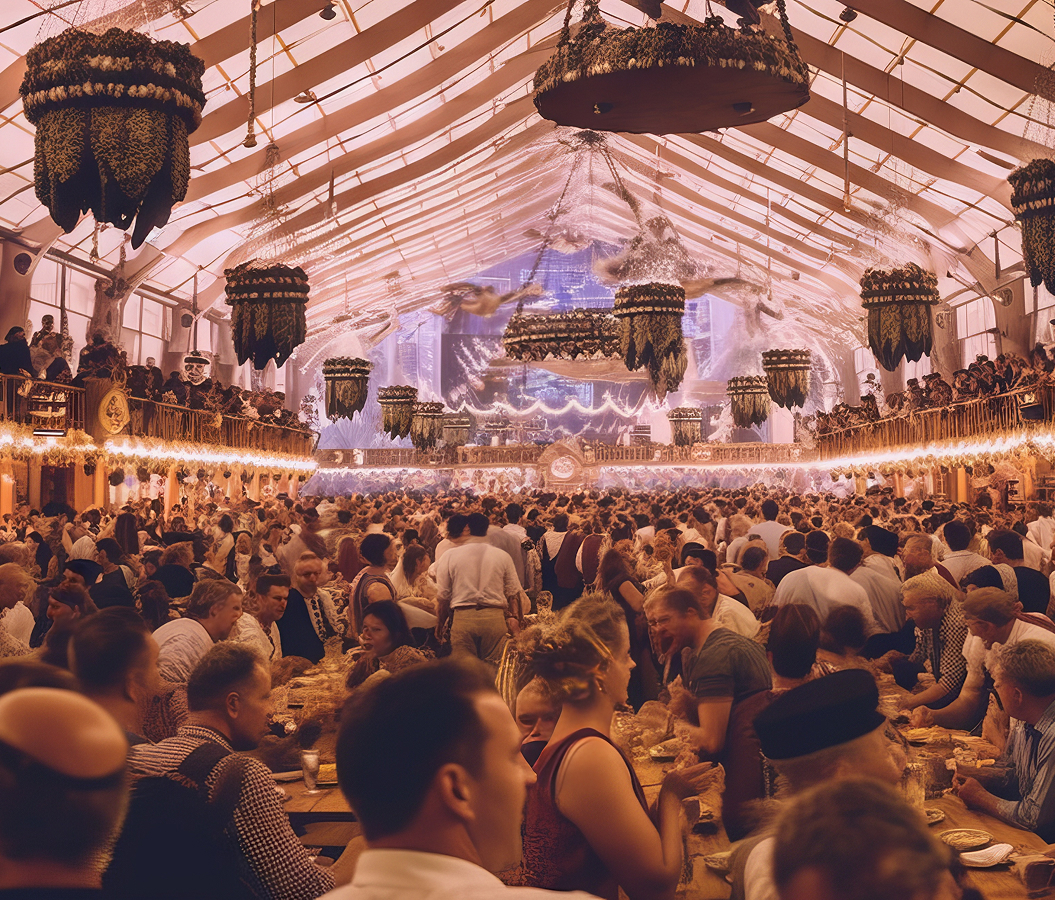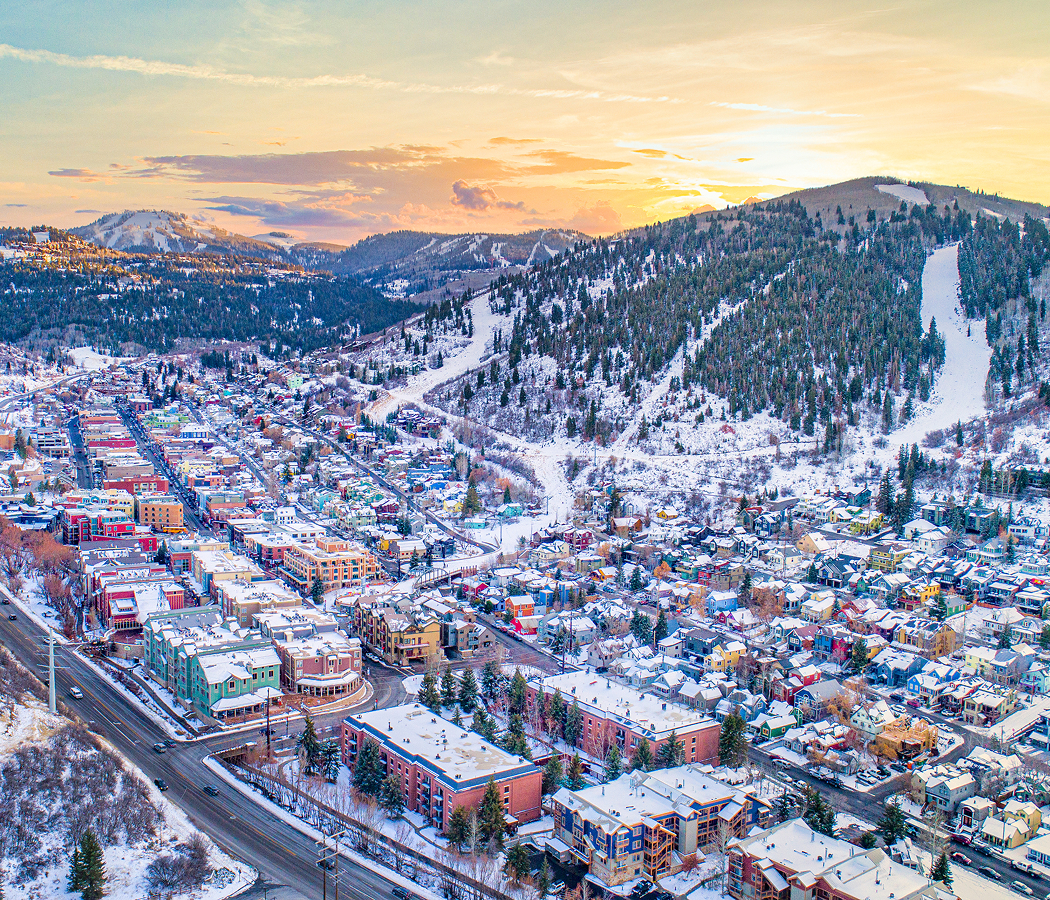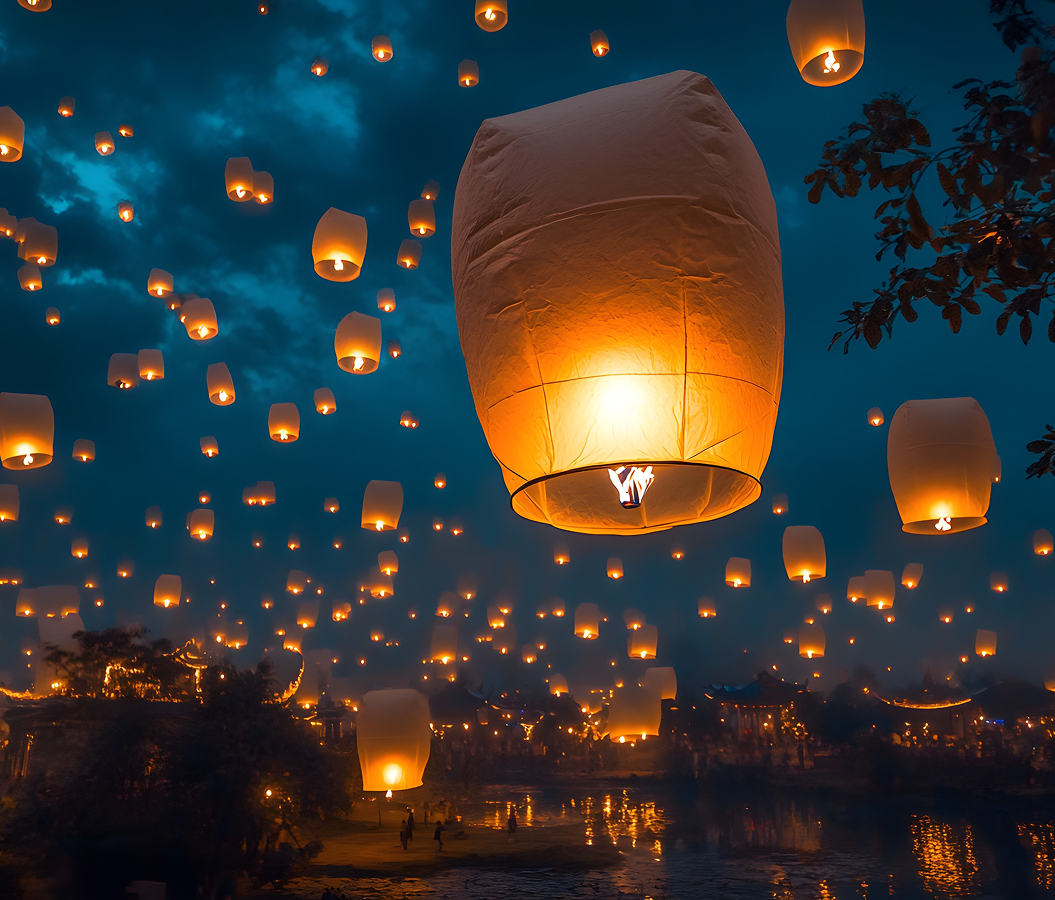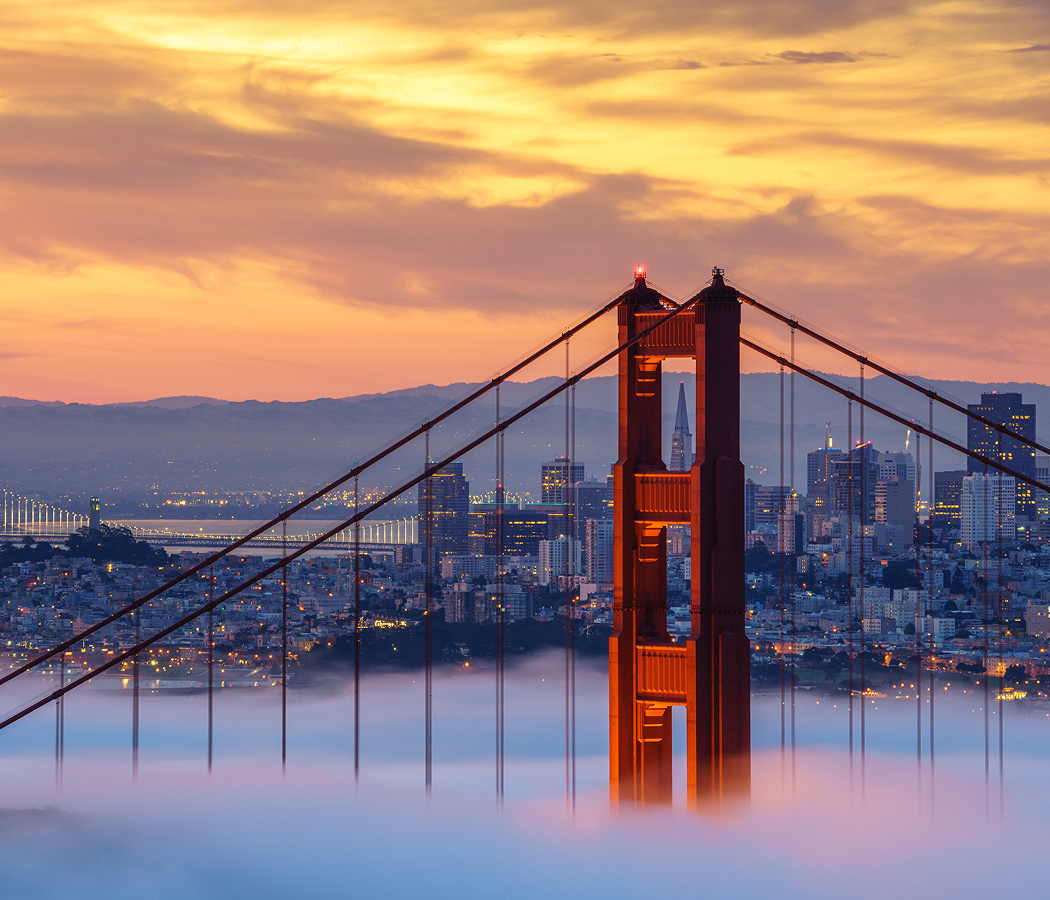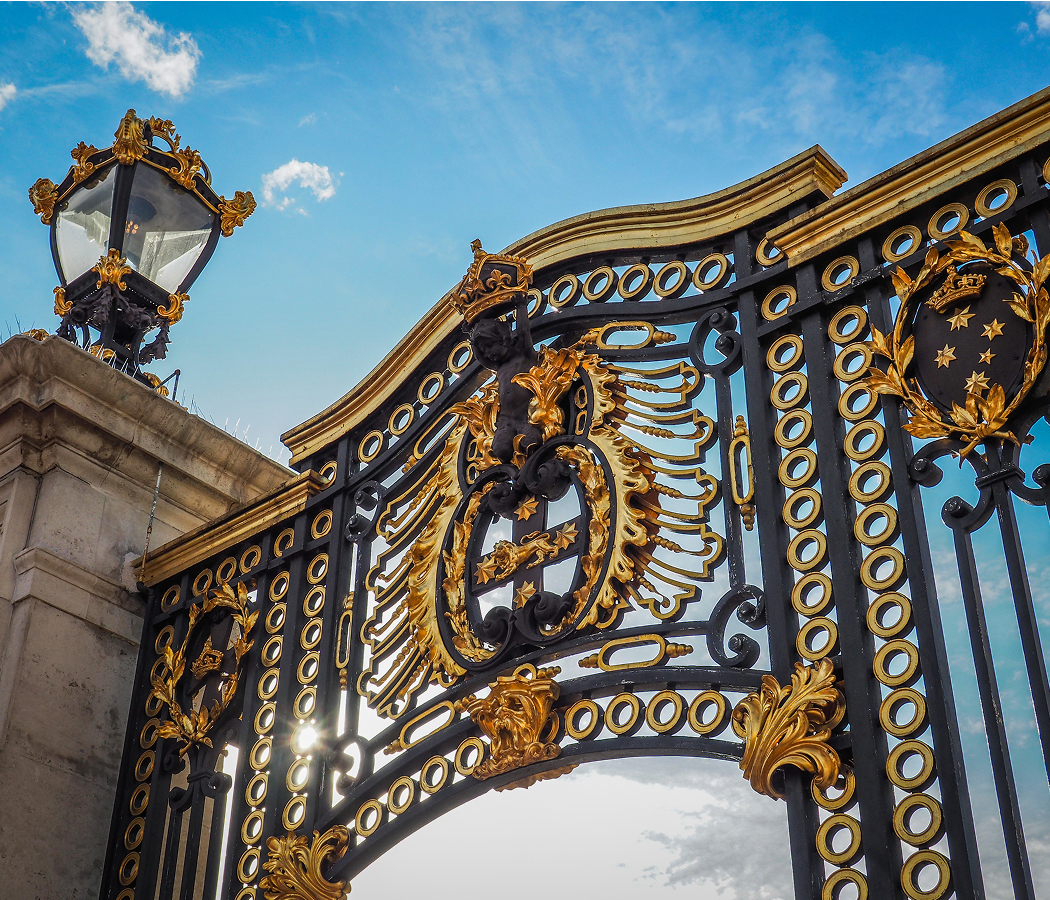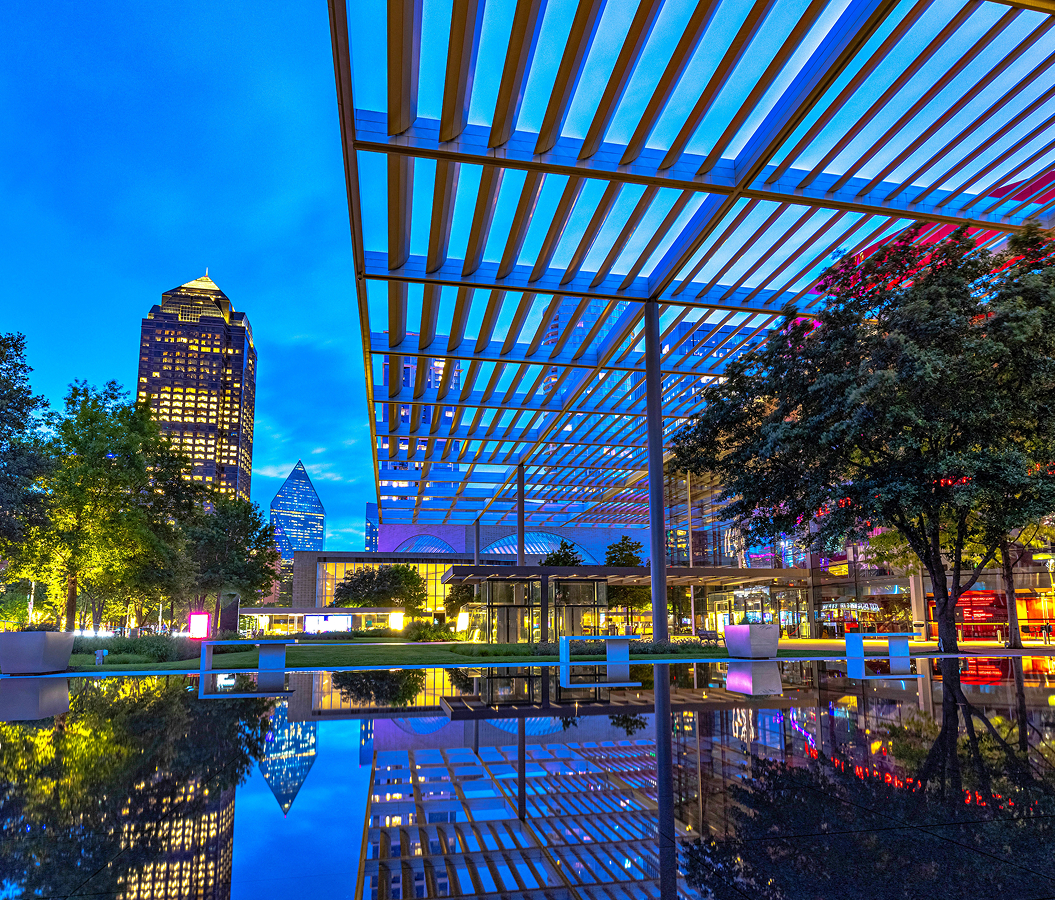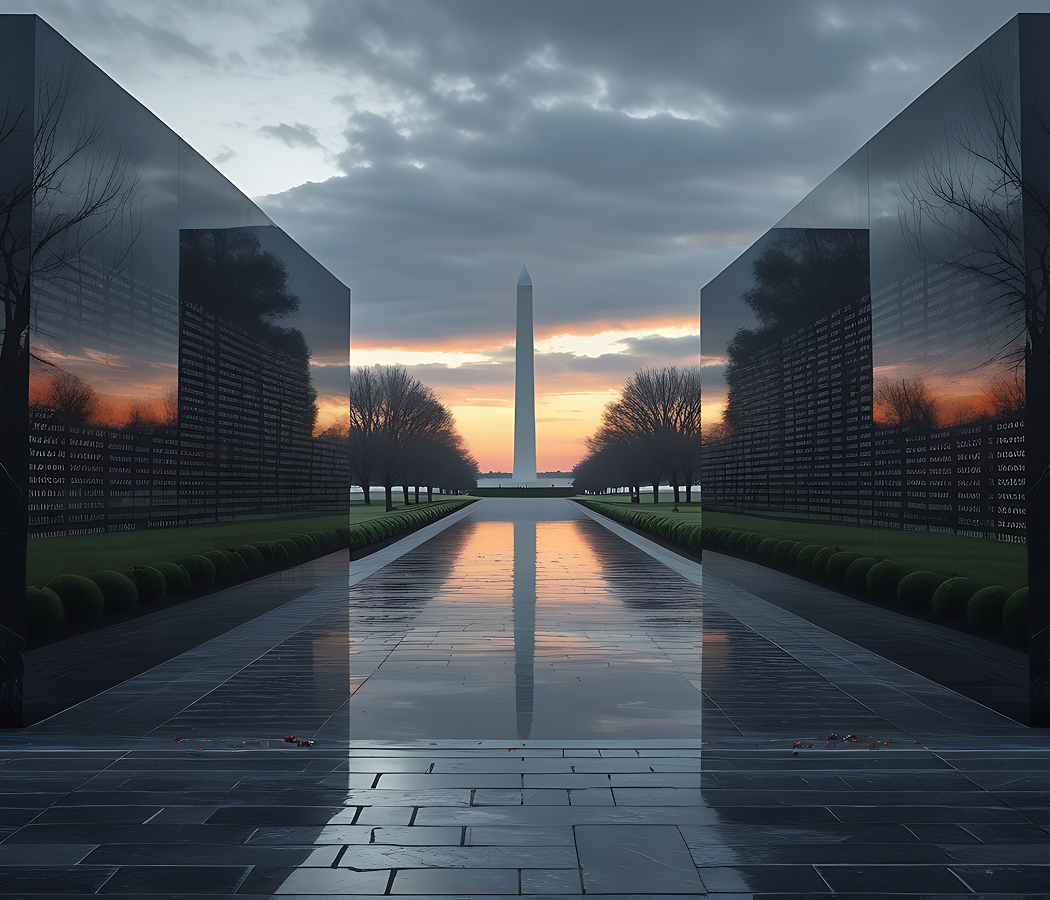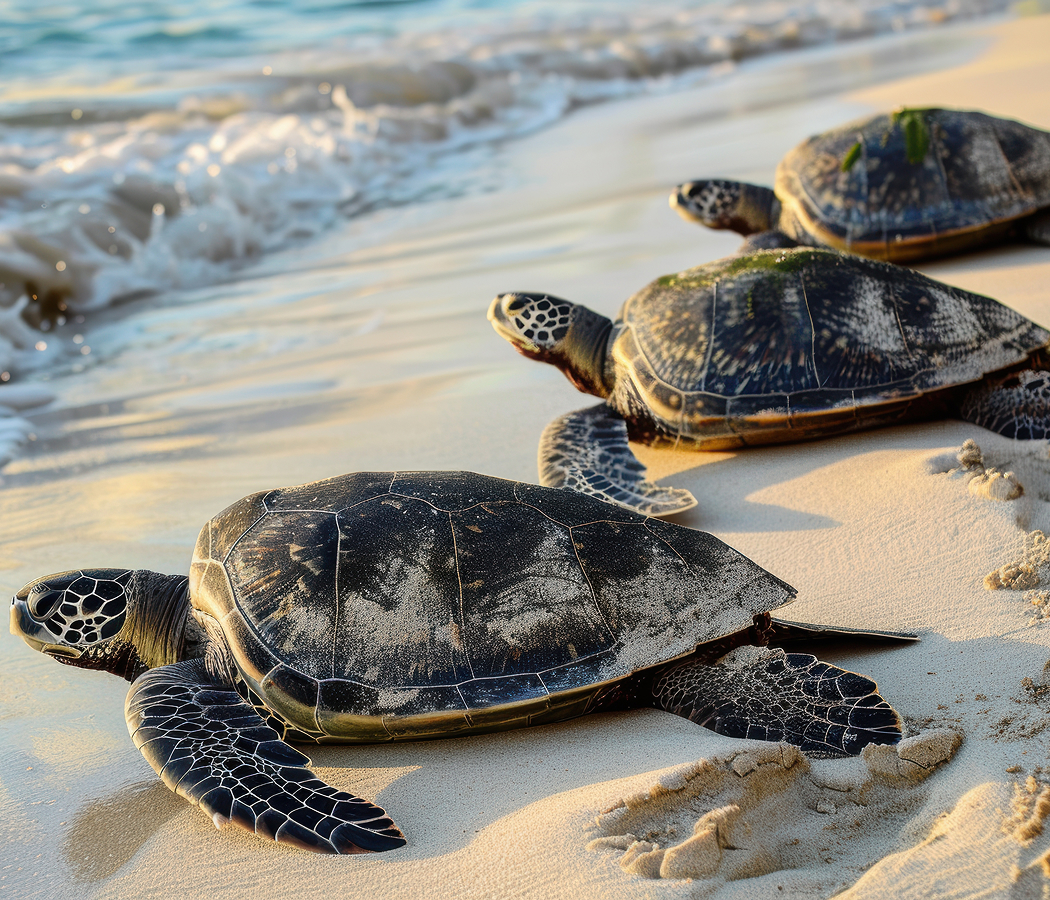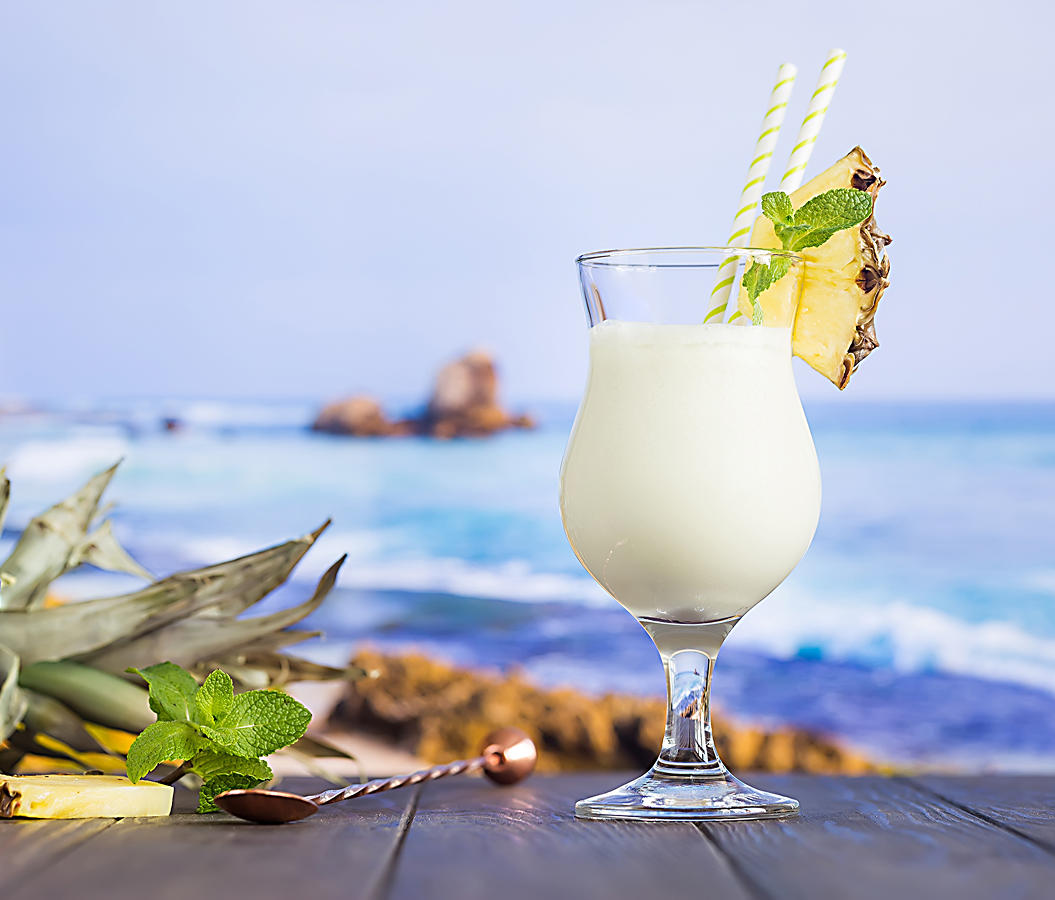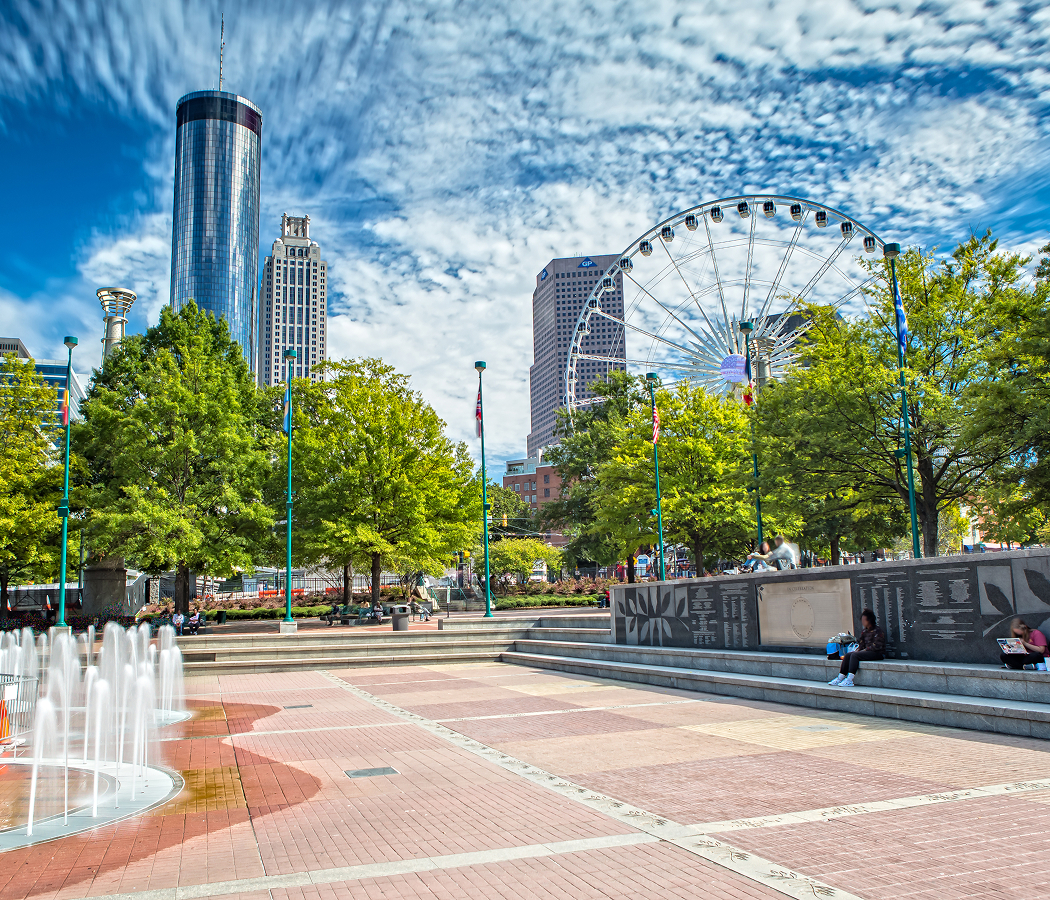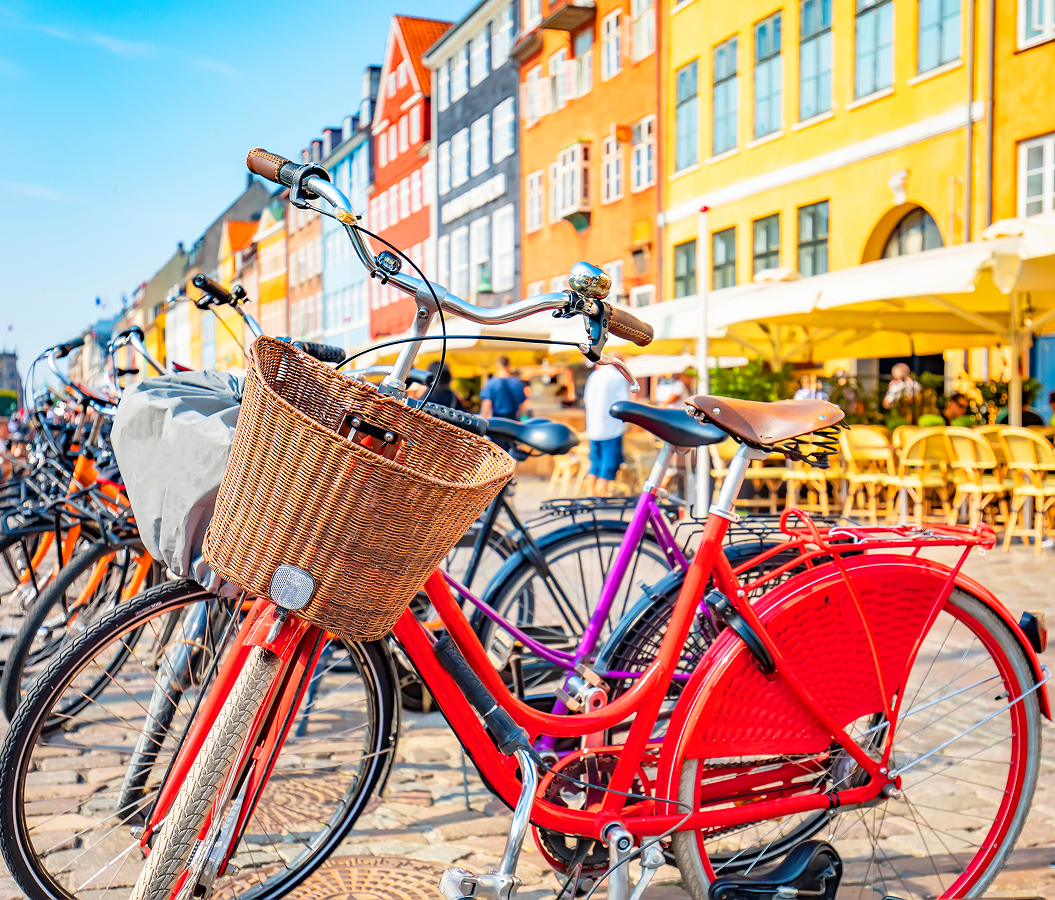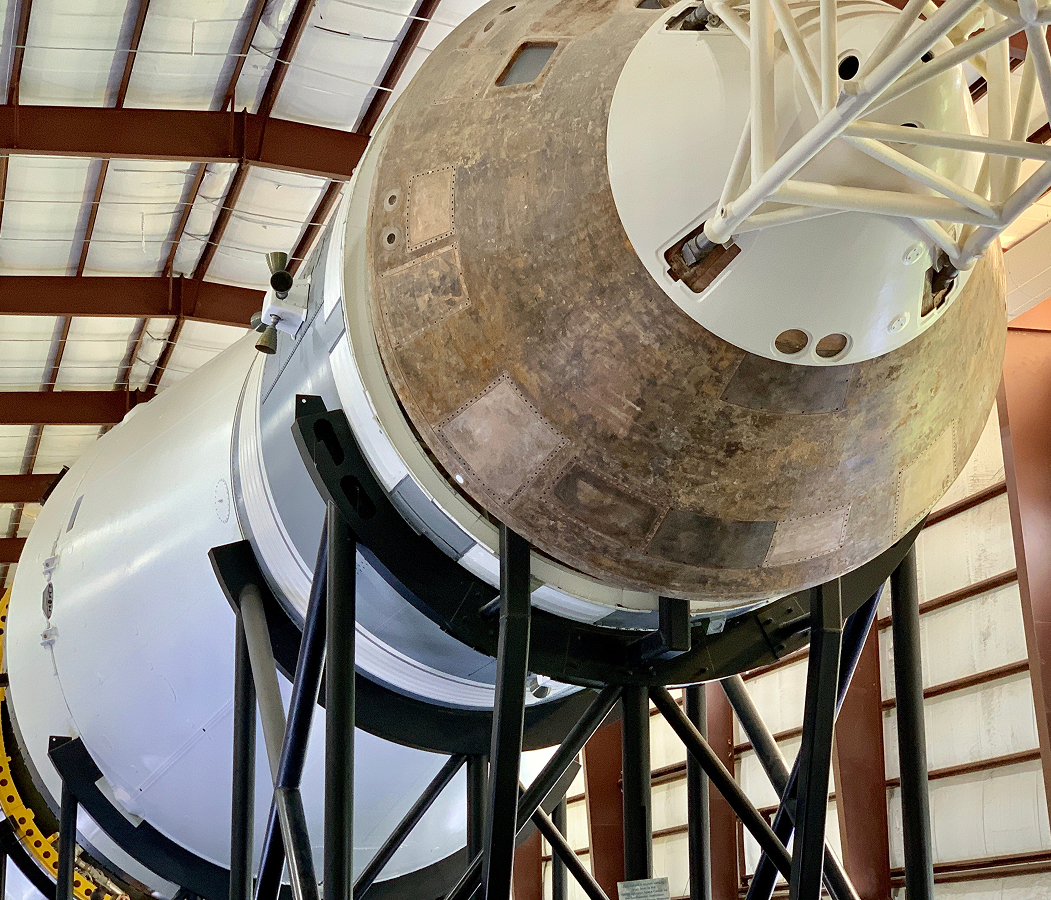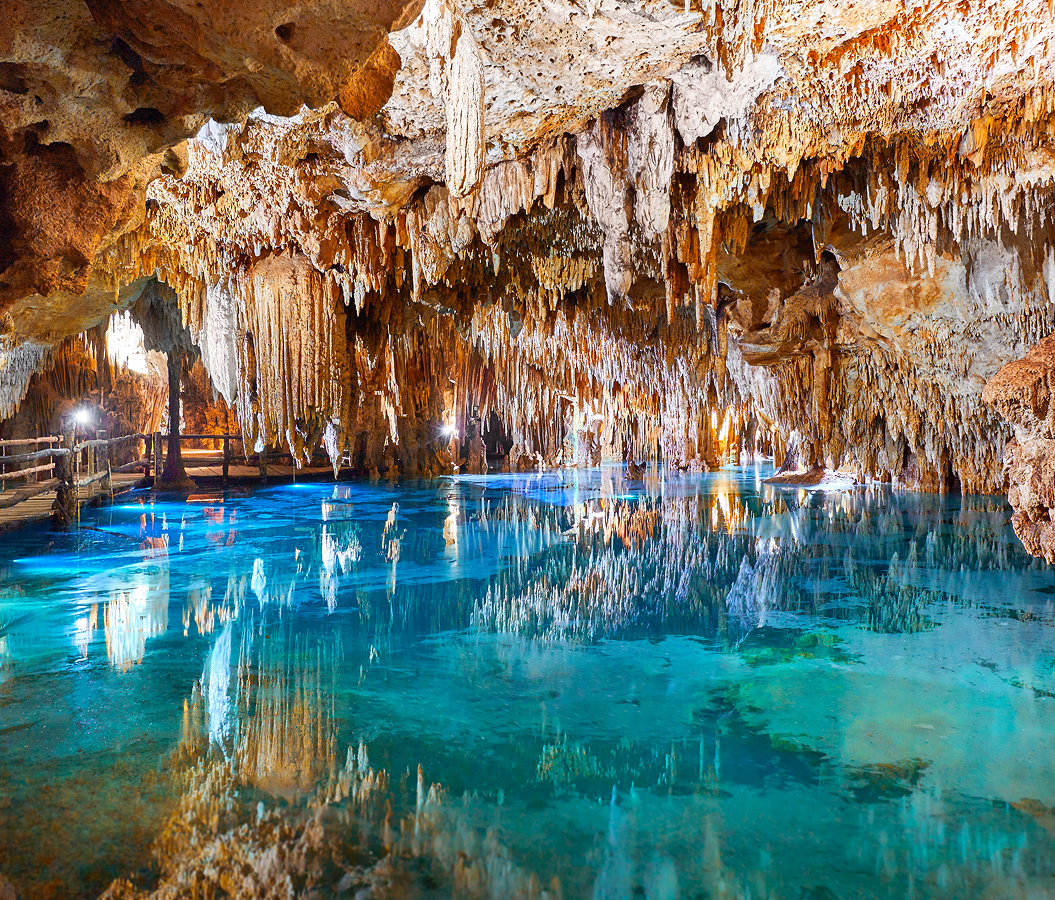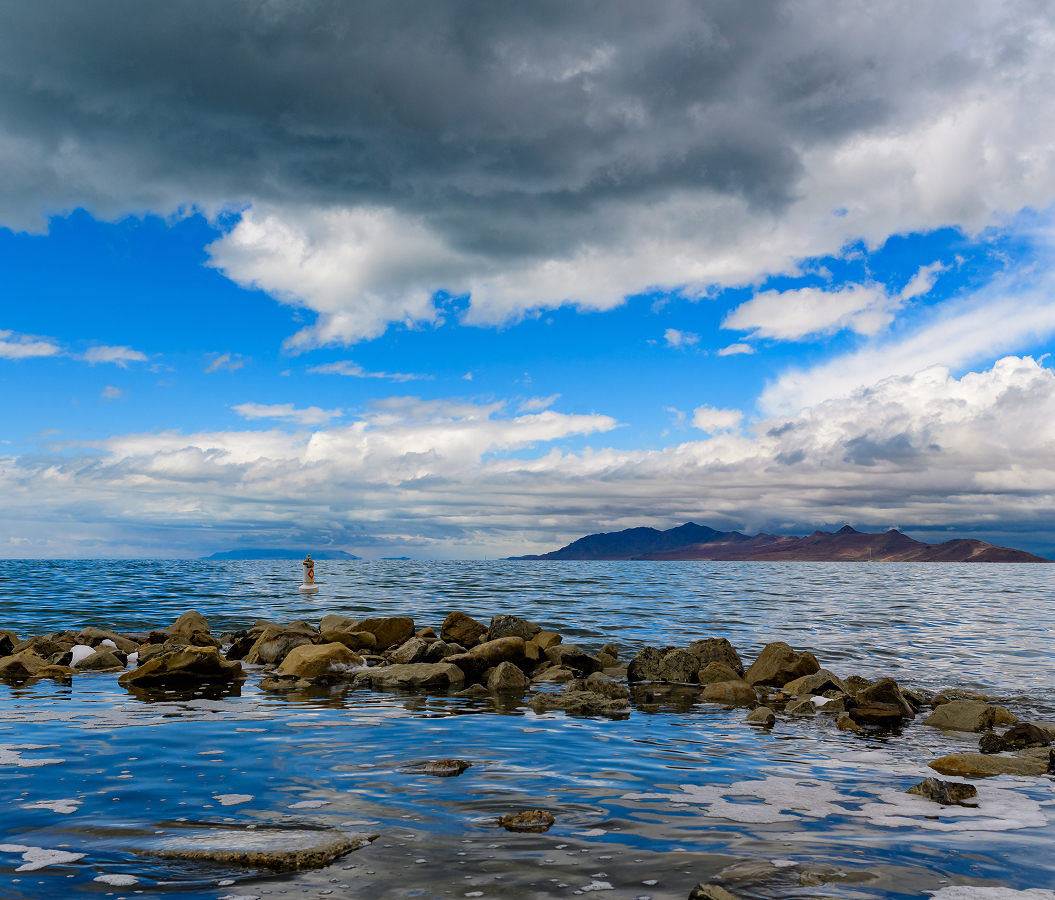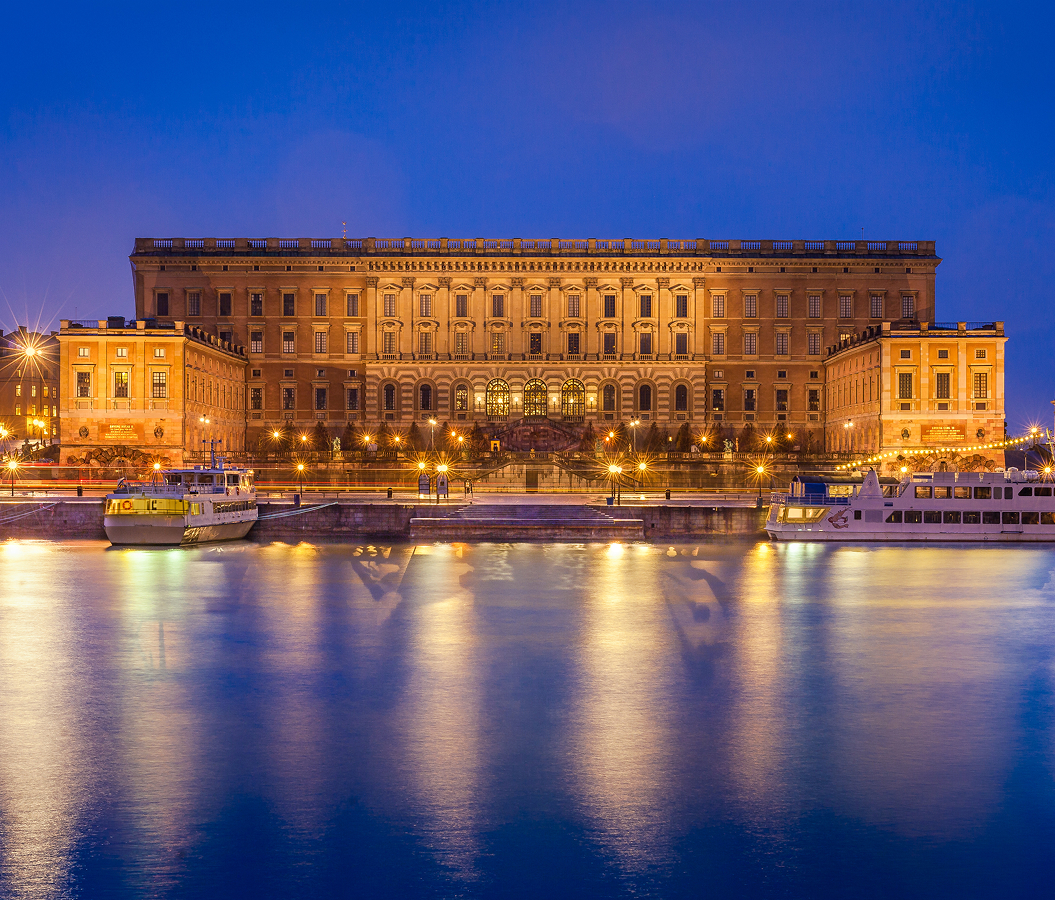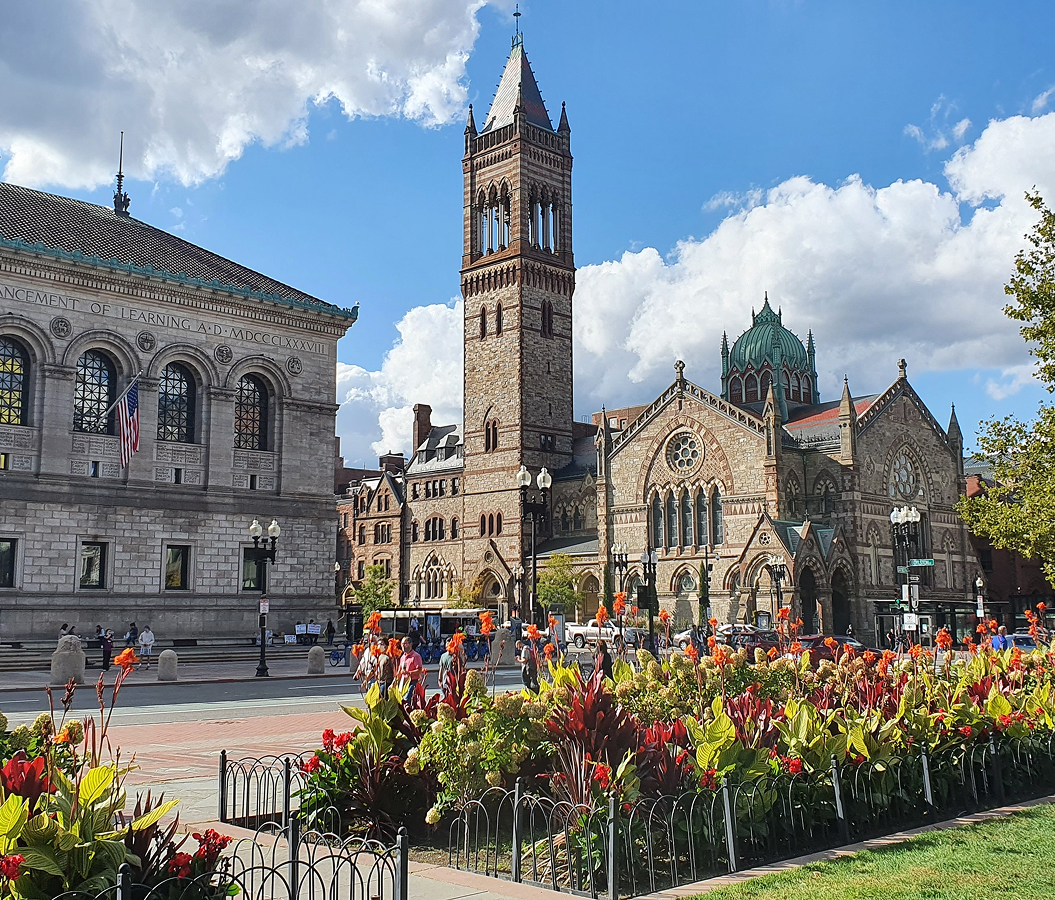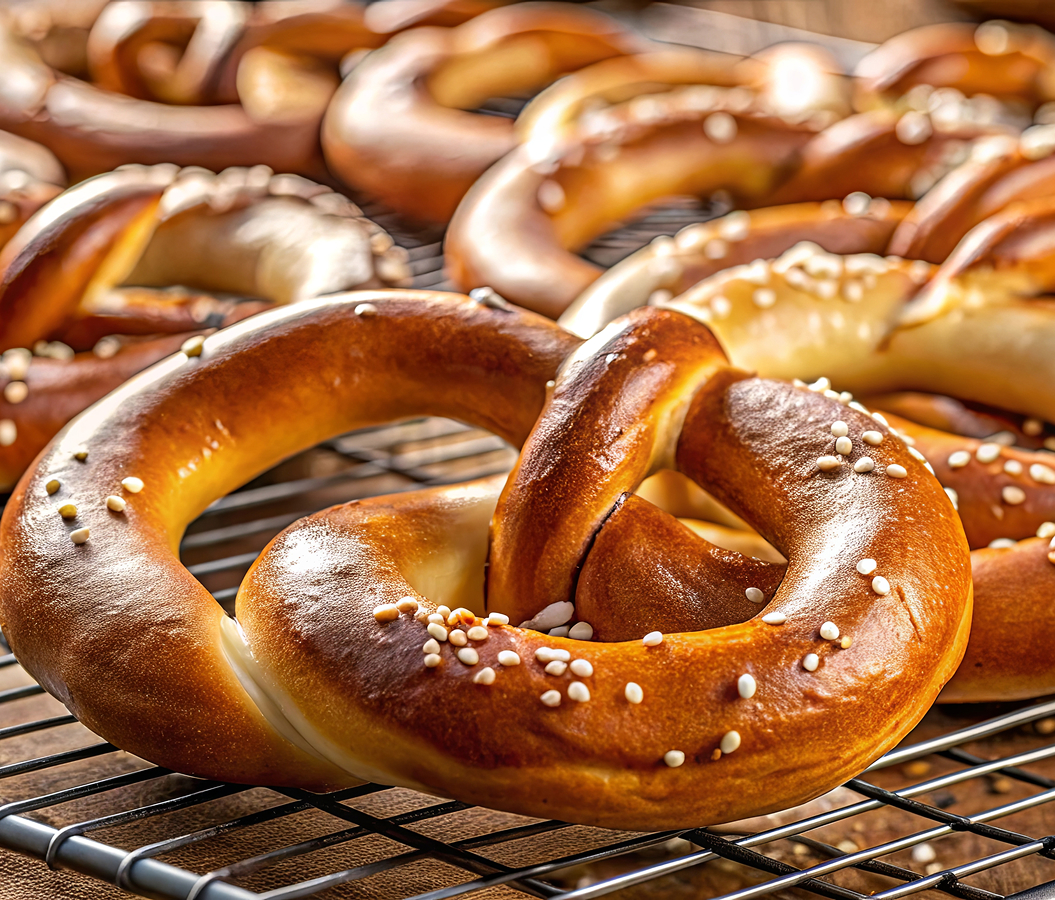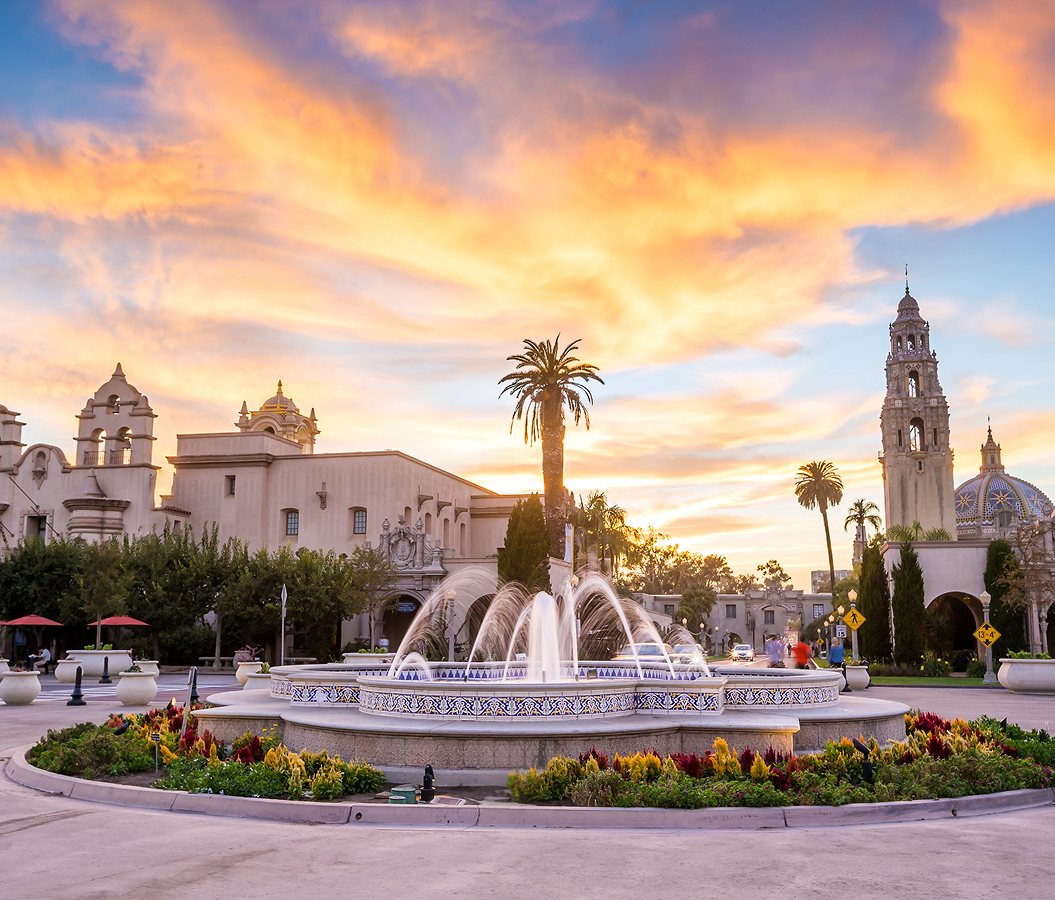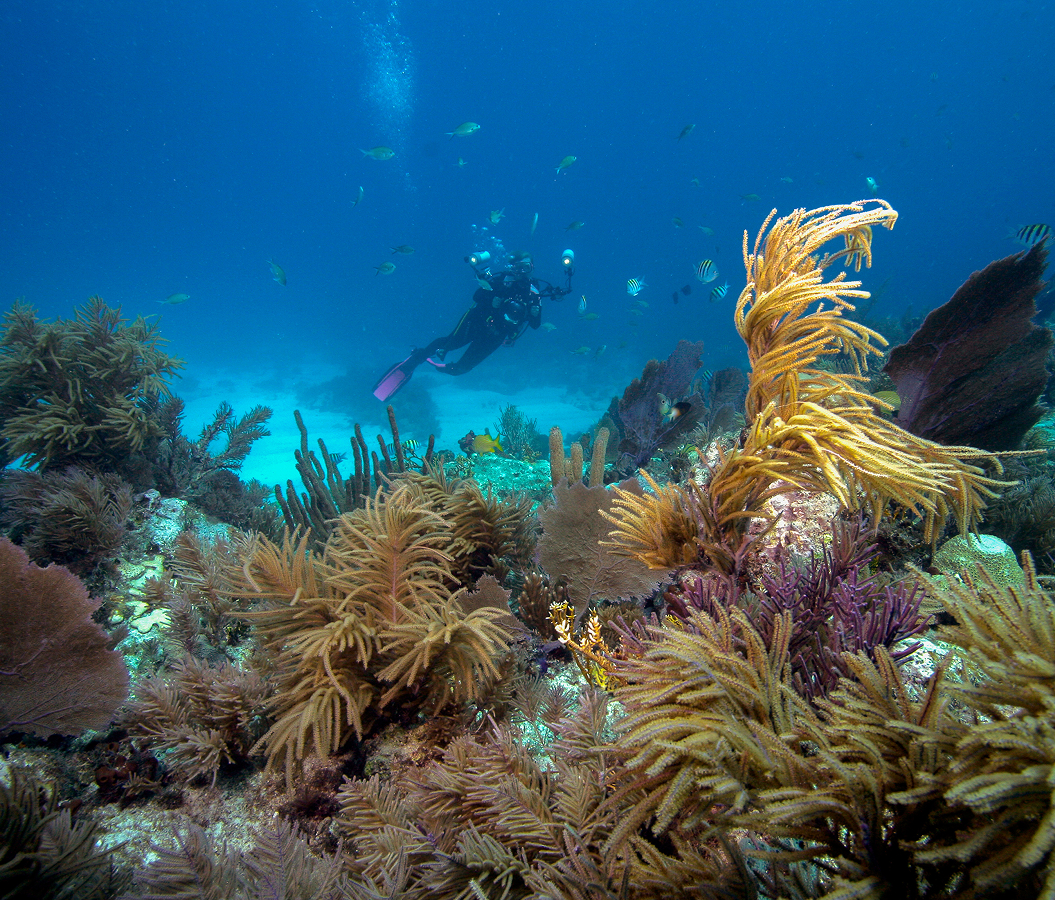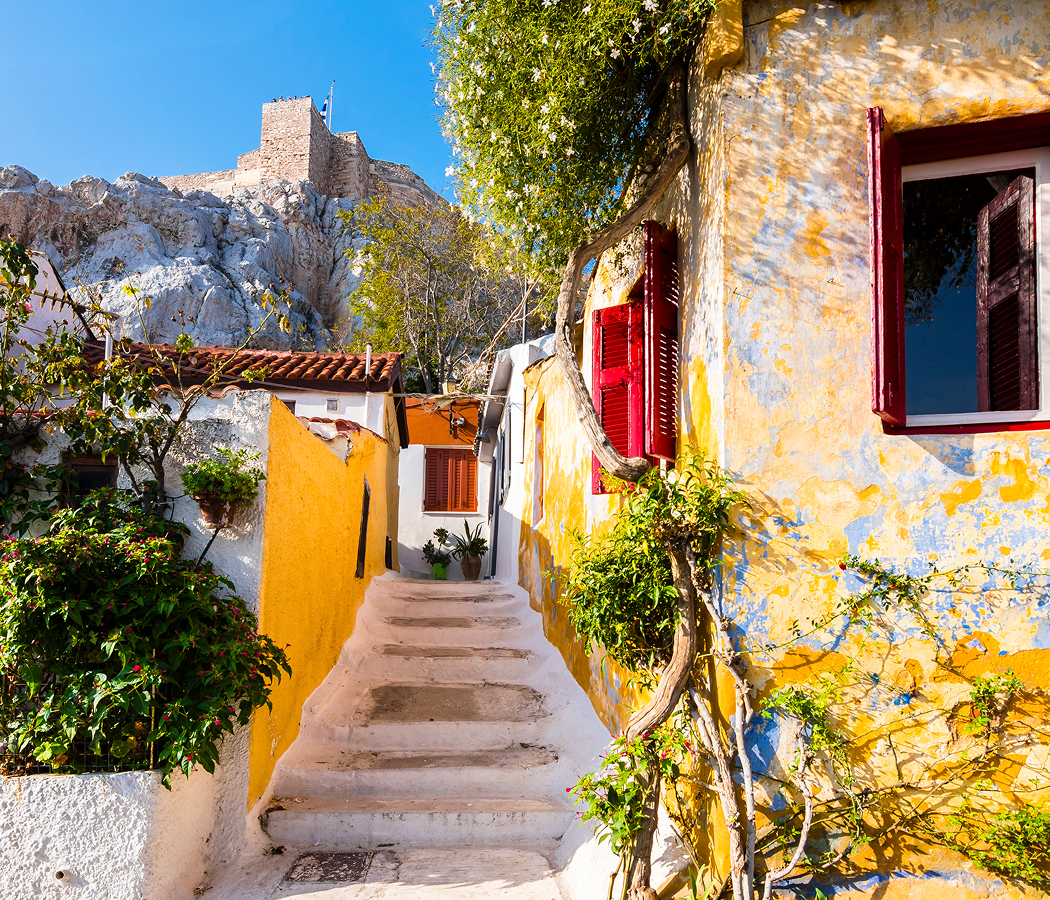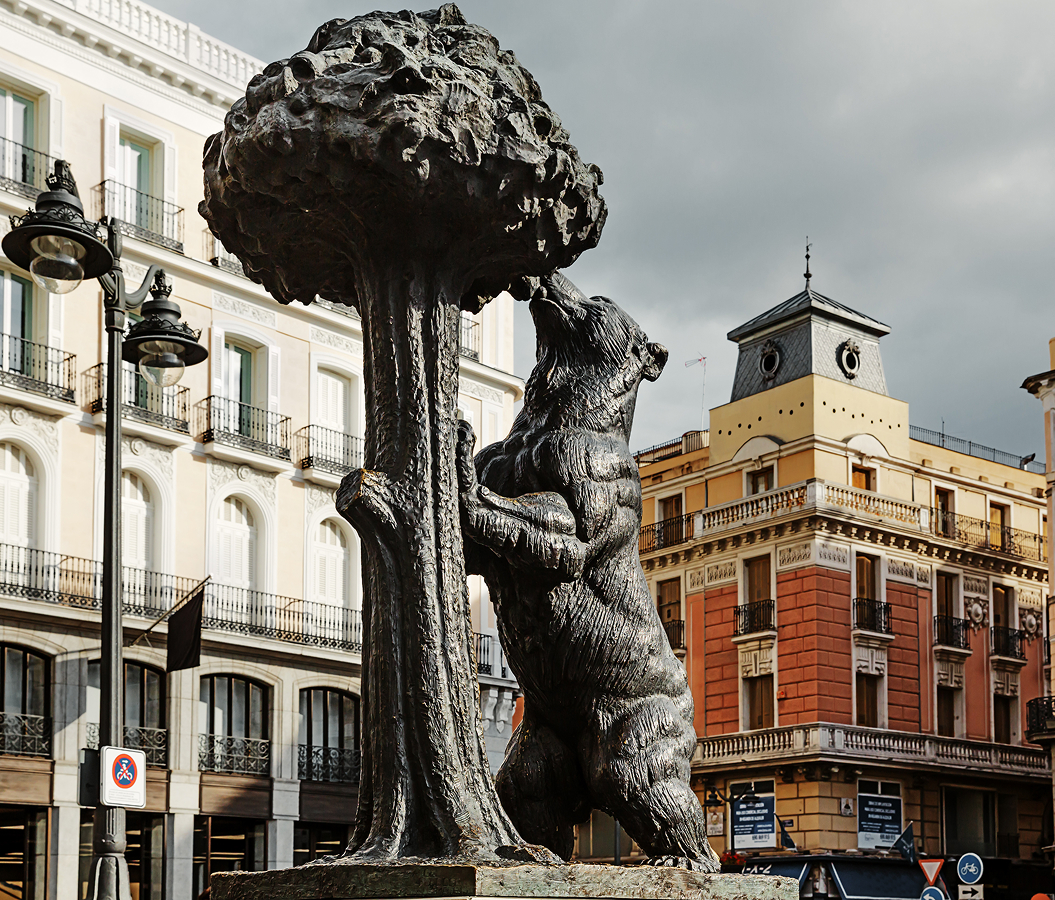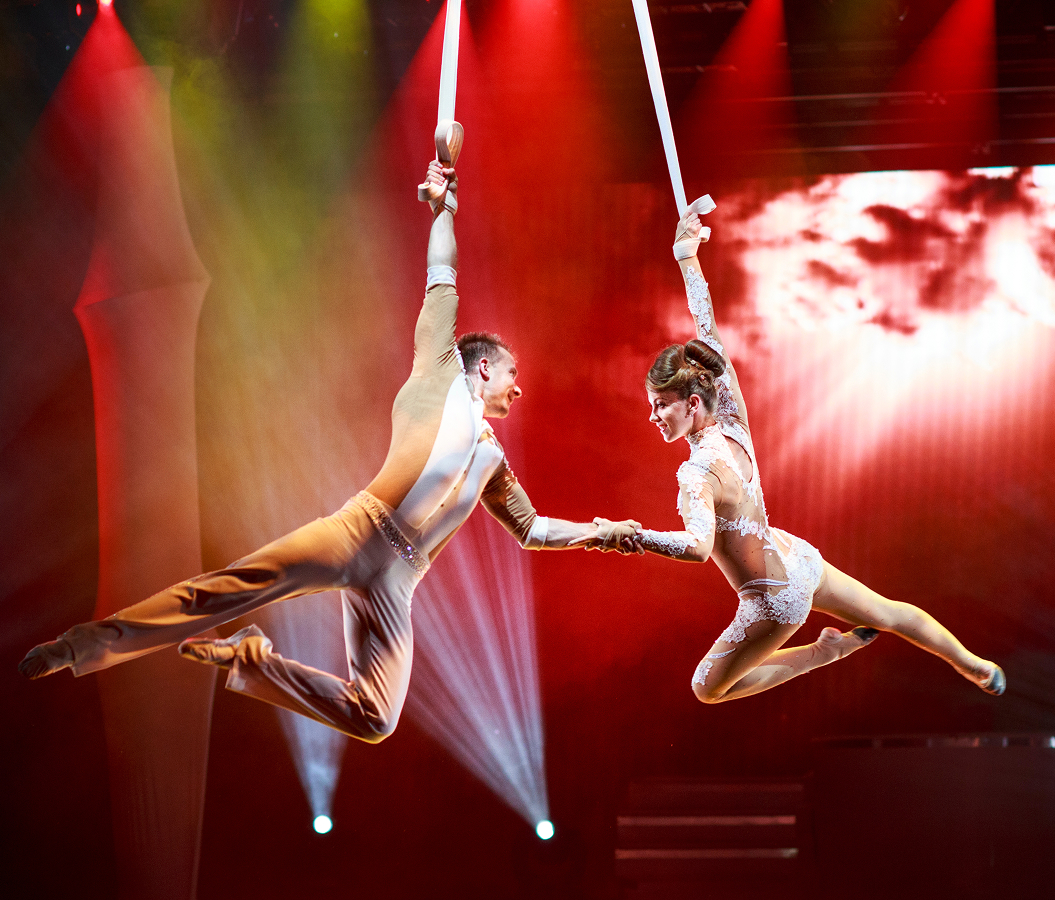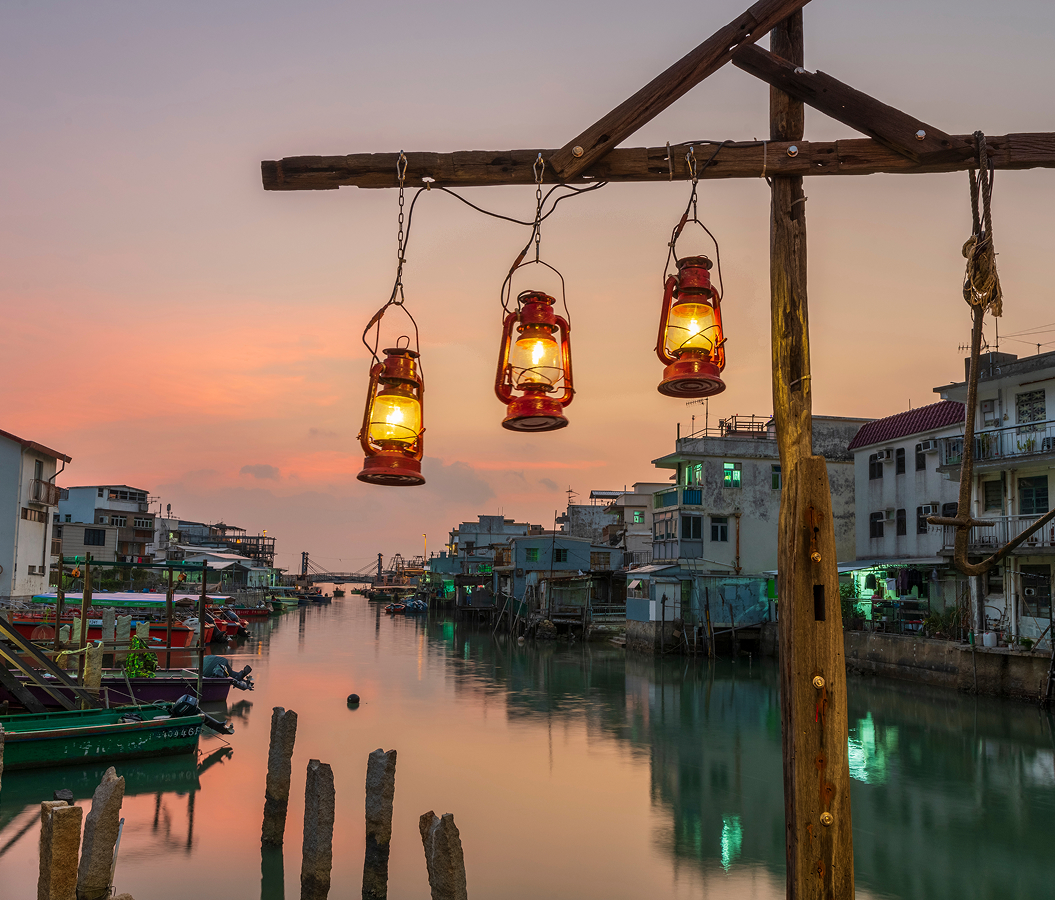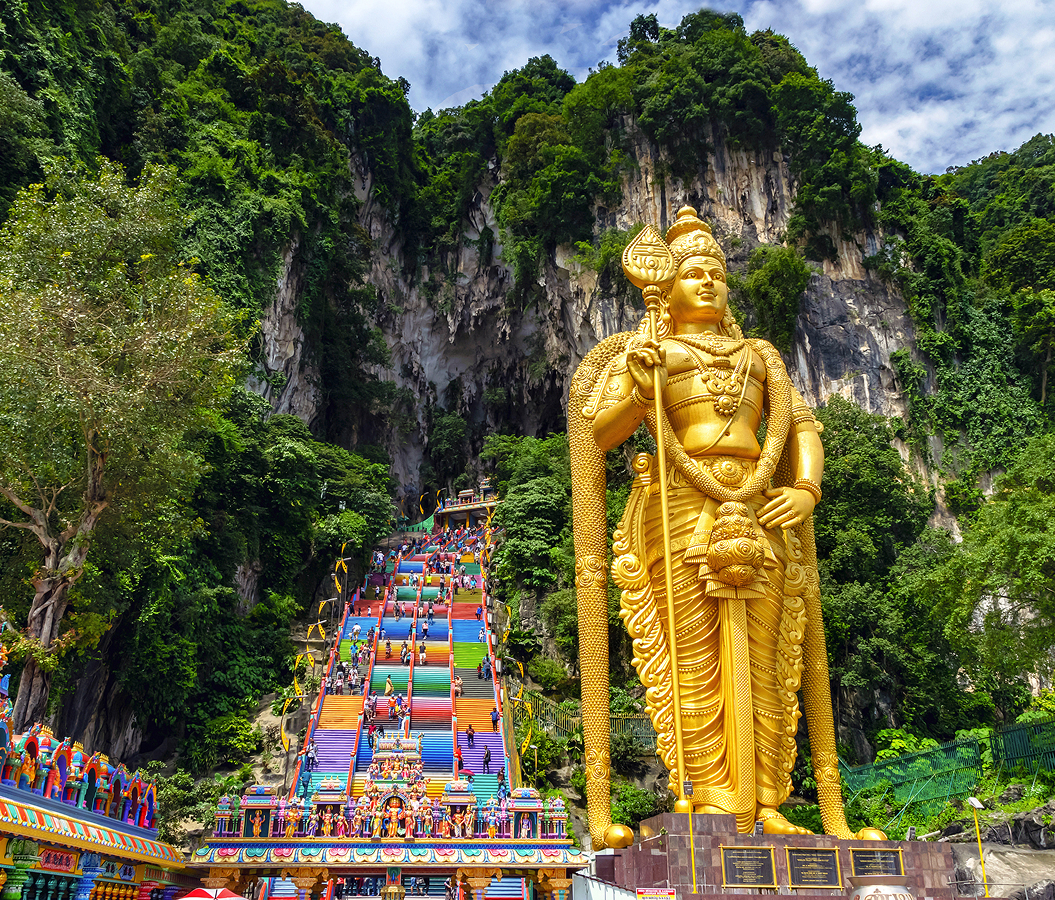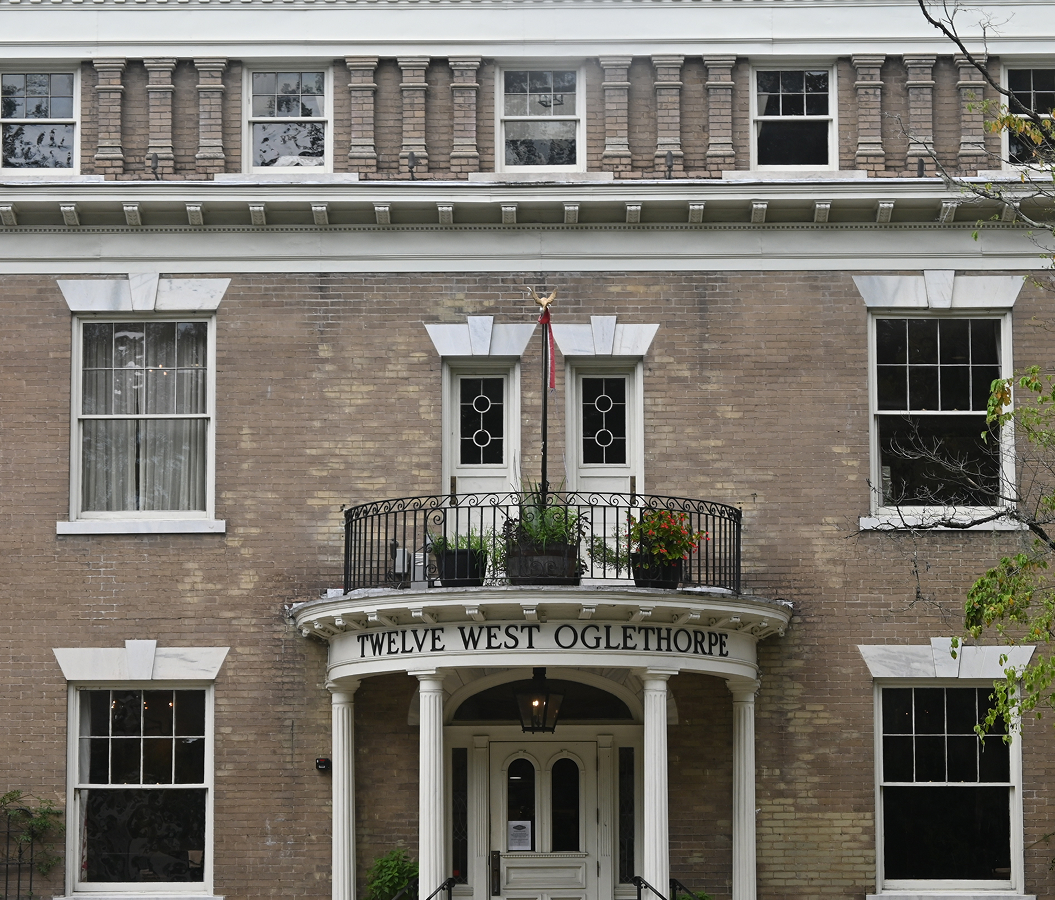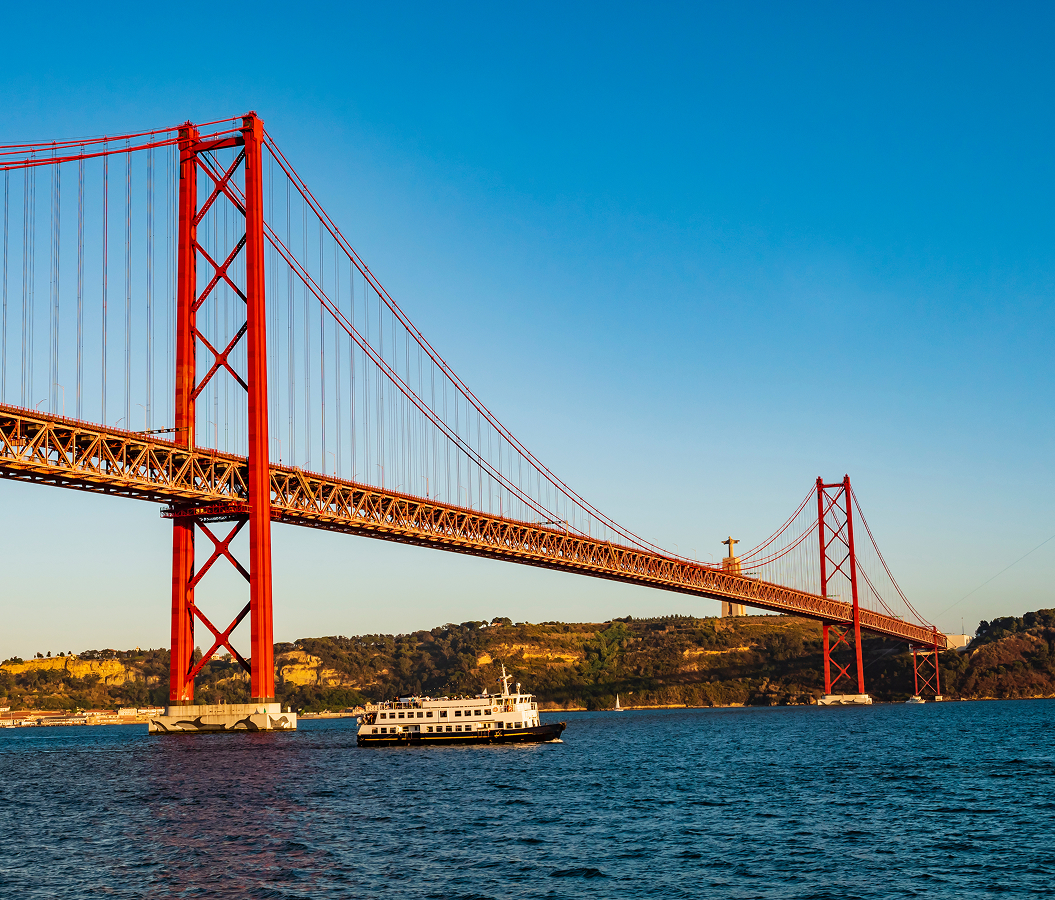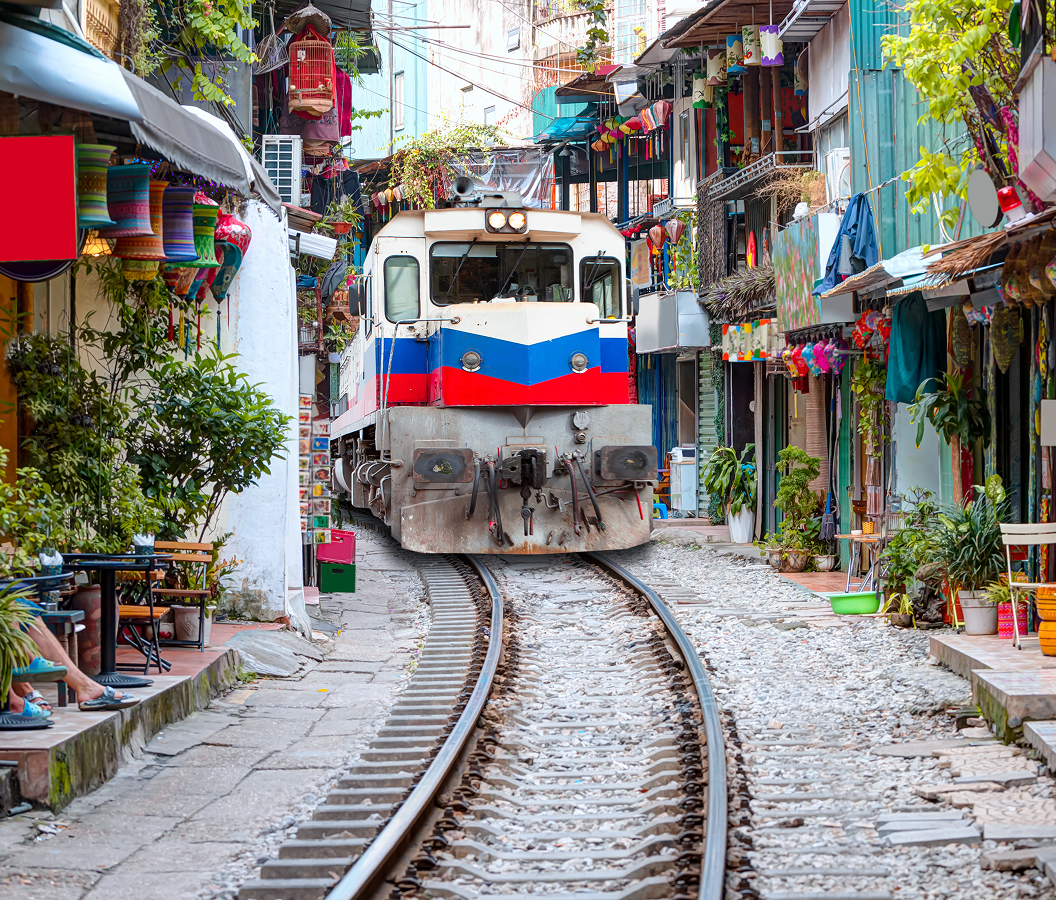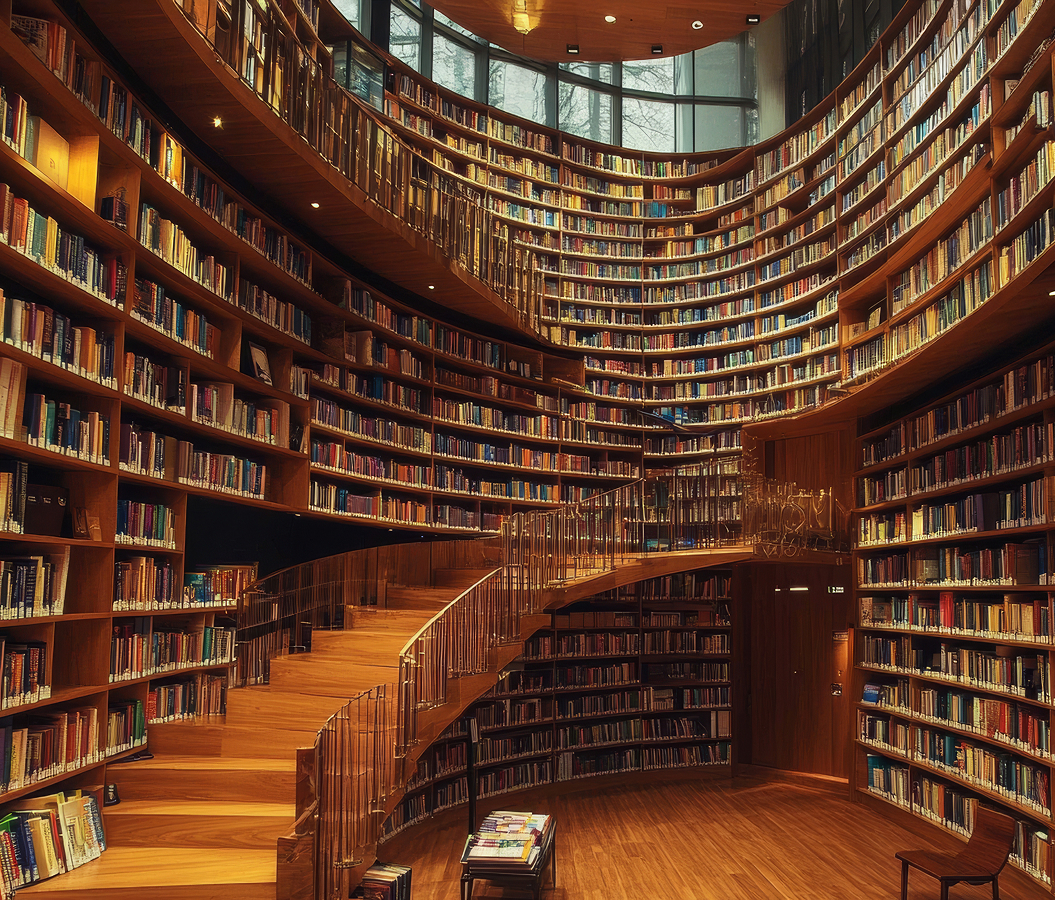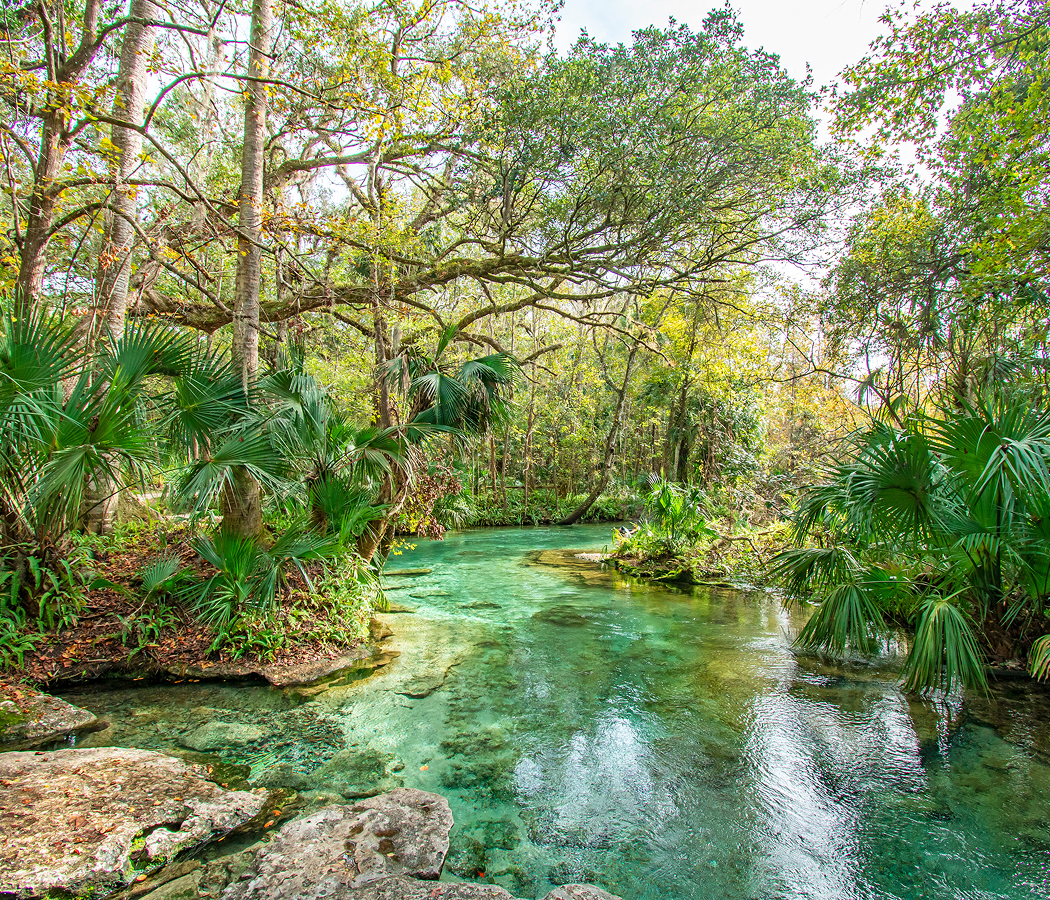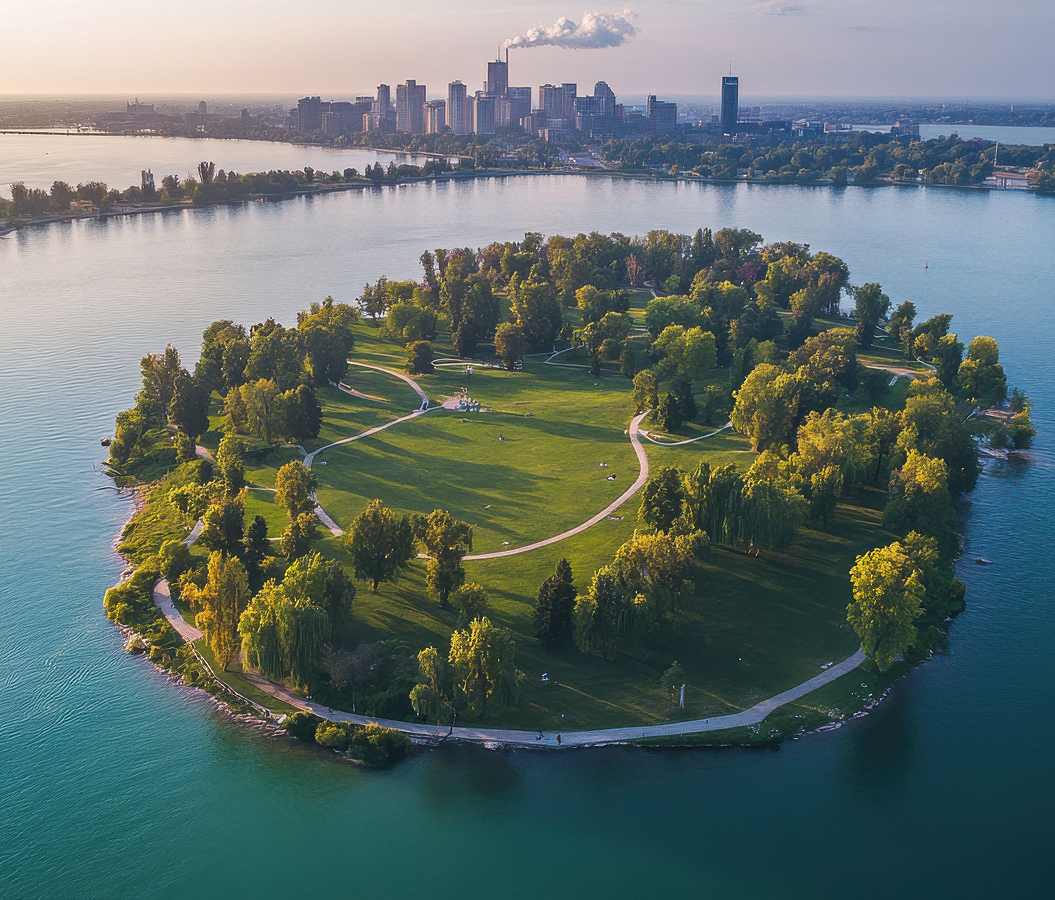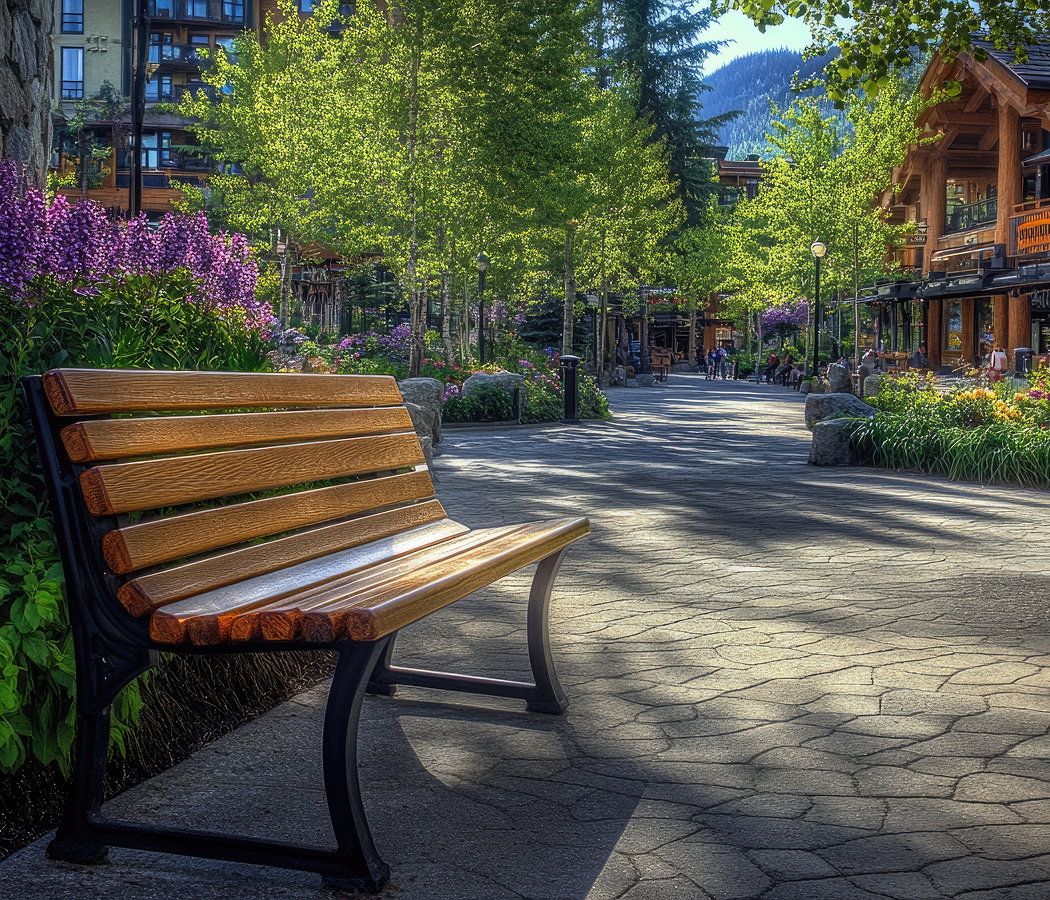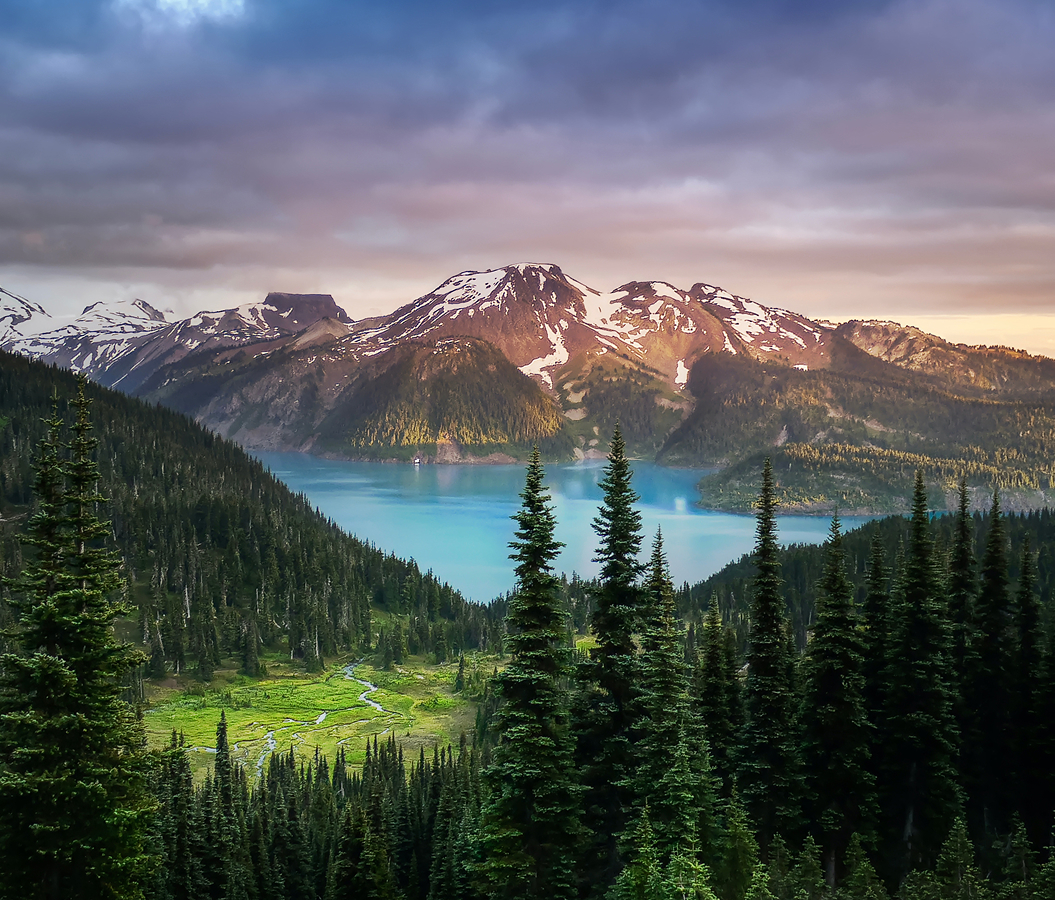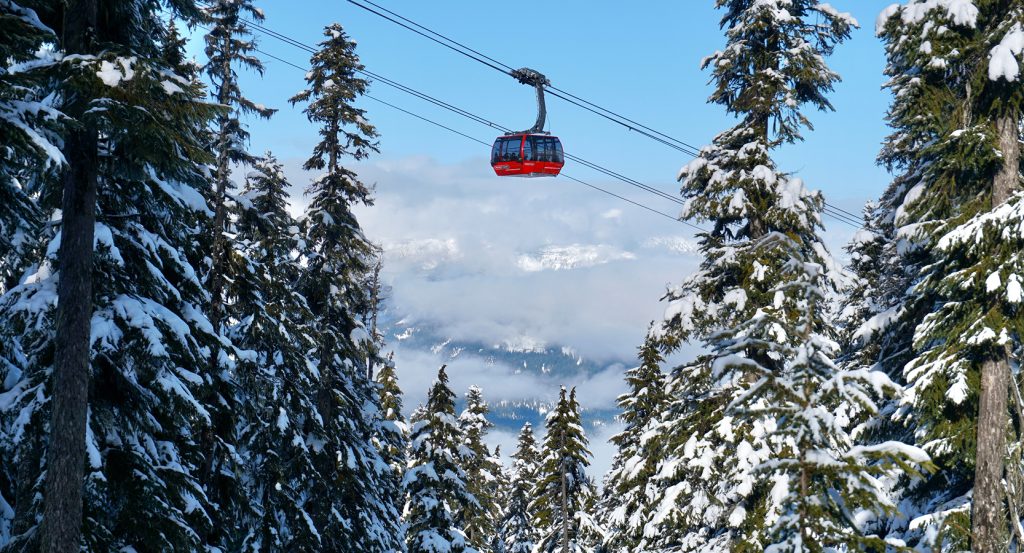
What you didn’t know about Whistler, British Columbia.
Whistler sits in one of the most fascinating alpine corridors in North America, a landscape sculpted by glaciers, volcanic forces, and ecosystems that thrive in extremes.
The twin mountains, Whistler and Blackcomb, stand as living fossils of Earth’s deeper history: volcano-born giants whose slopes were carved, pressed, and polished by ice sheets thousands of feet thick. The valley surrounding them still carries the imprint, boulder fields left behind like giant’s marbles, ridgelines smoothed by ancient erosion, and lakes tinted brilliant turquoise from glacial flour suspended in meltwater. Beneath the snowpack lies a labyrinth of old-growth forests where everything feels oversized: moss thick enough to silence footsteps, ferns that curl like prehistoric scrolls, and cedar trunks wide as doorways. Wildlife moves through these corridors mostly unseen: black bears padding softly through underbrush, cougars navigating ridgelines with uncanny precision, and owls perched motionless under snow-laden branches. The seasons here shift with a kind of drama, atmospheric rivers brushing against arctic air, creating snowfalls so heavy and fine they seem engineered rather than organic. Culturally, Whistler is anchored by the Squamish and Lil’wat Nations, whose ancestral stories tie the land to a lineage older than the mountains’ ski maps and gondolas. Much of the village design was intentionally crafted to honor this relationship, winding footpaths that mirror traditional travel routes, long sightlines that preserve views to key peaks, and architecture shaped around the idea that the mountains should always feel visually present. Even technology becomes part of the story: the Peak 2 Peak Gondola suspended across a glacial valley is an engineering triumph, linking two ecosystems that once belonged to separate worlds. Whistler is not simply a resort, it’s a convergence point where geology, ecology, culture, and human ambition coexist in a delicate, breathtaking balance.
Five fascinations about Whistler.
5. Whistler was almost named London Mountain.
The original name sounded a little too gloomy for a ski town, so it was changed to Whistler, after the whistling calls of the marmots that live in the mountains.
4. It has the longest continuous lift system in the world.
The Peak 2 Peak Gondola connects Whistler and Blackcomb mountains and spans over 4.4 kilometers, towering a kilometer high over the basin, and featuring breathtaking views of the forested valley below.
3. Olympic flames still burn bright here.
Whistler hosted many key events during the 2010 Winter Olympics, including alpine skiing, ski jumping, and the skeleton. The legacy lives on in its world-class facilities.
2. There’s a Whispering Gallery in Grand Central.
Just outside of Whistler lies Parkhurst, an abandoned logging town reclaimed by nature and frequented by hikers seeking a touch of eerie history.
1. Bear sightings are part of the daily rhythm.
With over 60 black bears living in the surrounding area, Whistler offers one of the best chances in North America to see bears in the wild, safely.
Where meaningful travel begins.
Start your journey with Foresyte, where the planning is part of the magic.
Discover the experiences that matter most.



